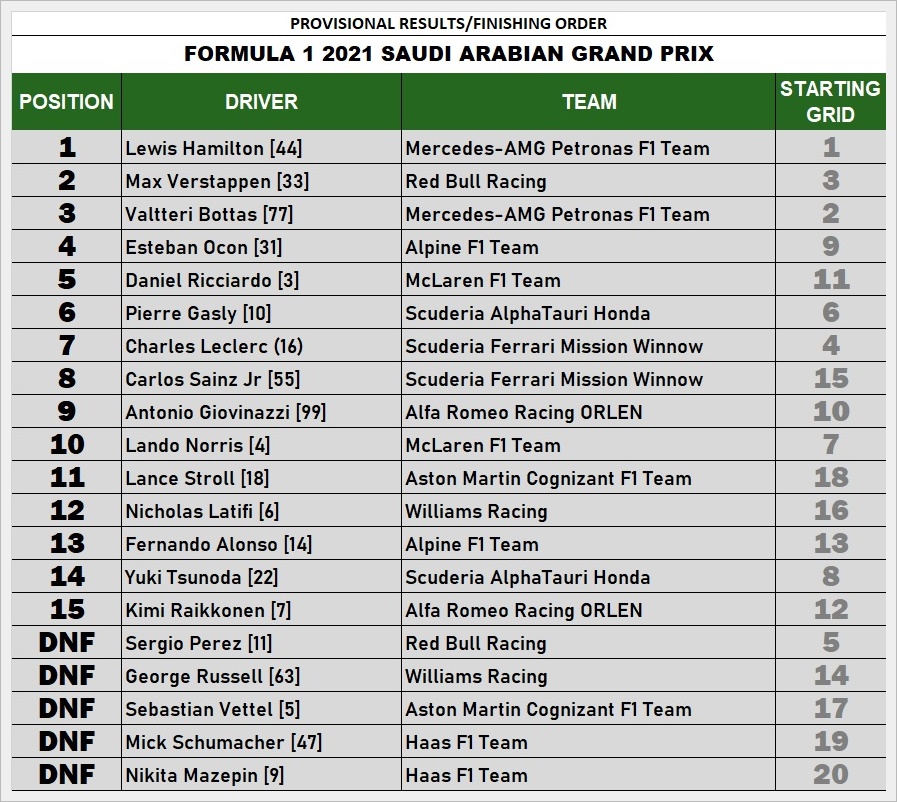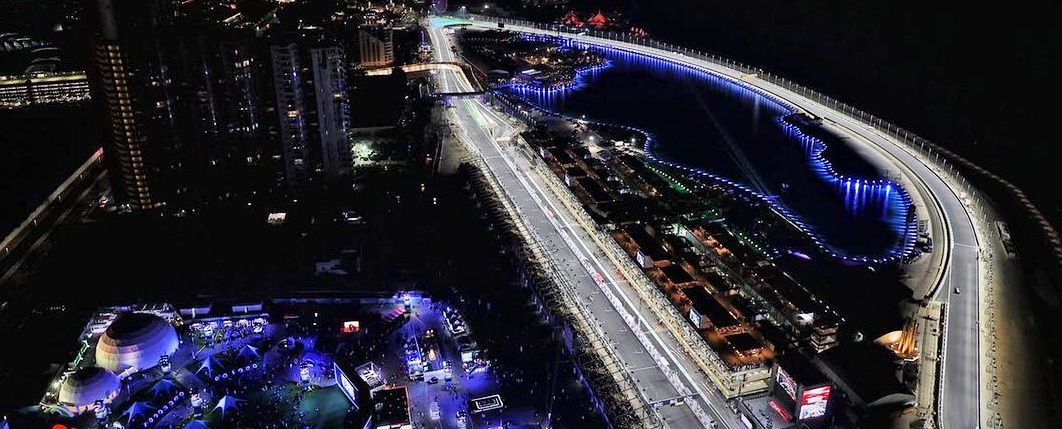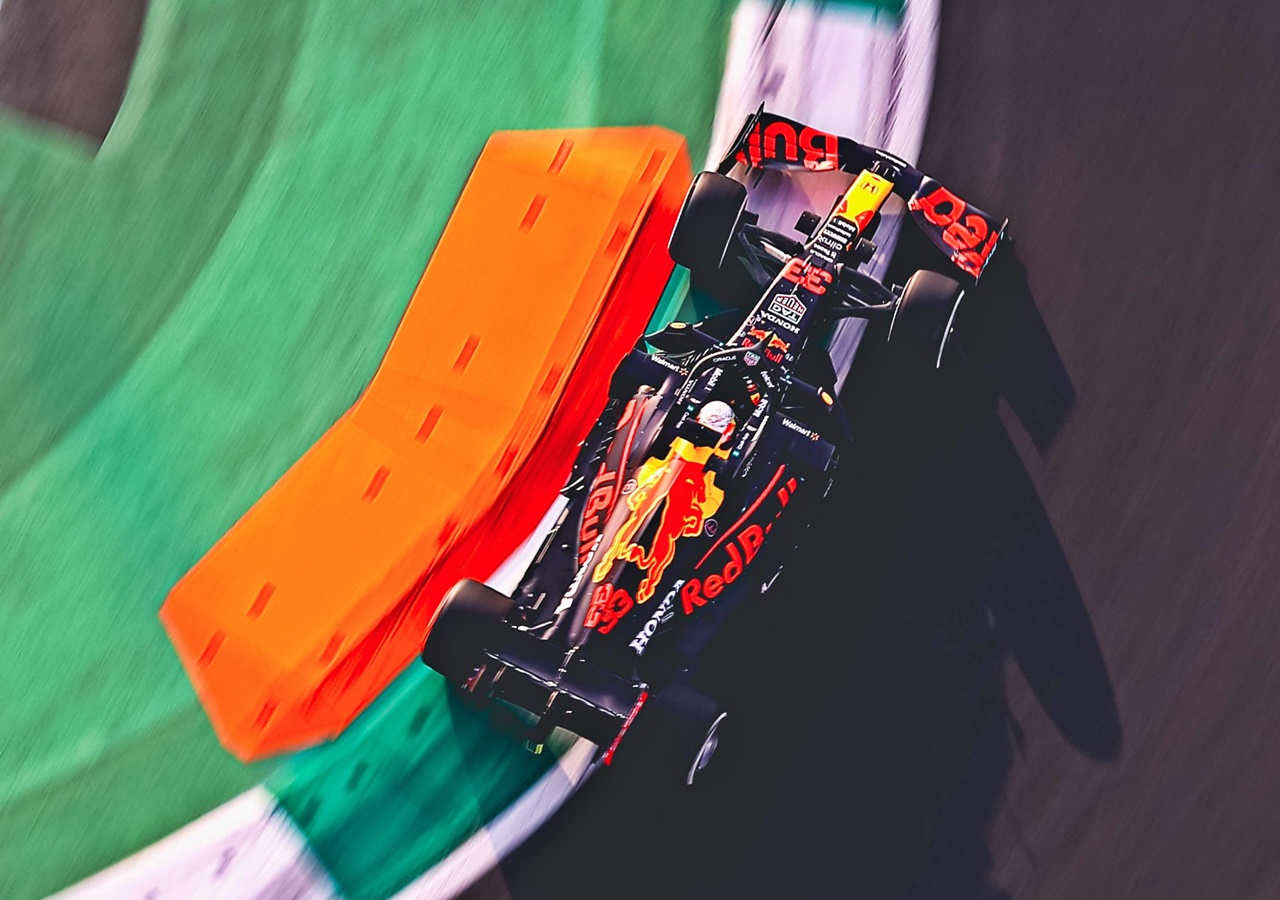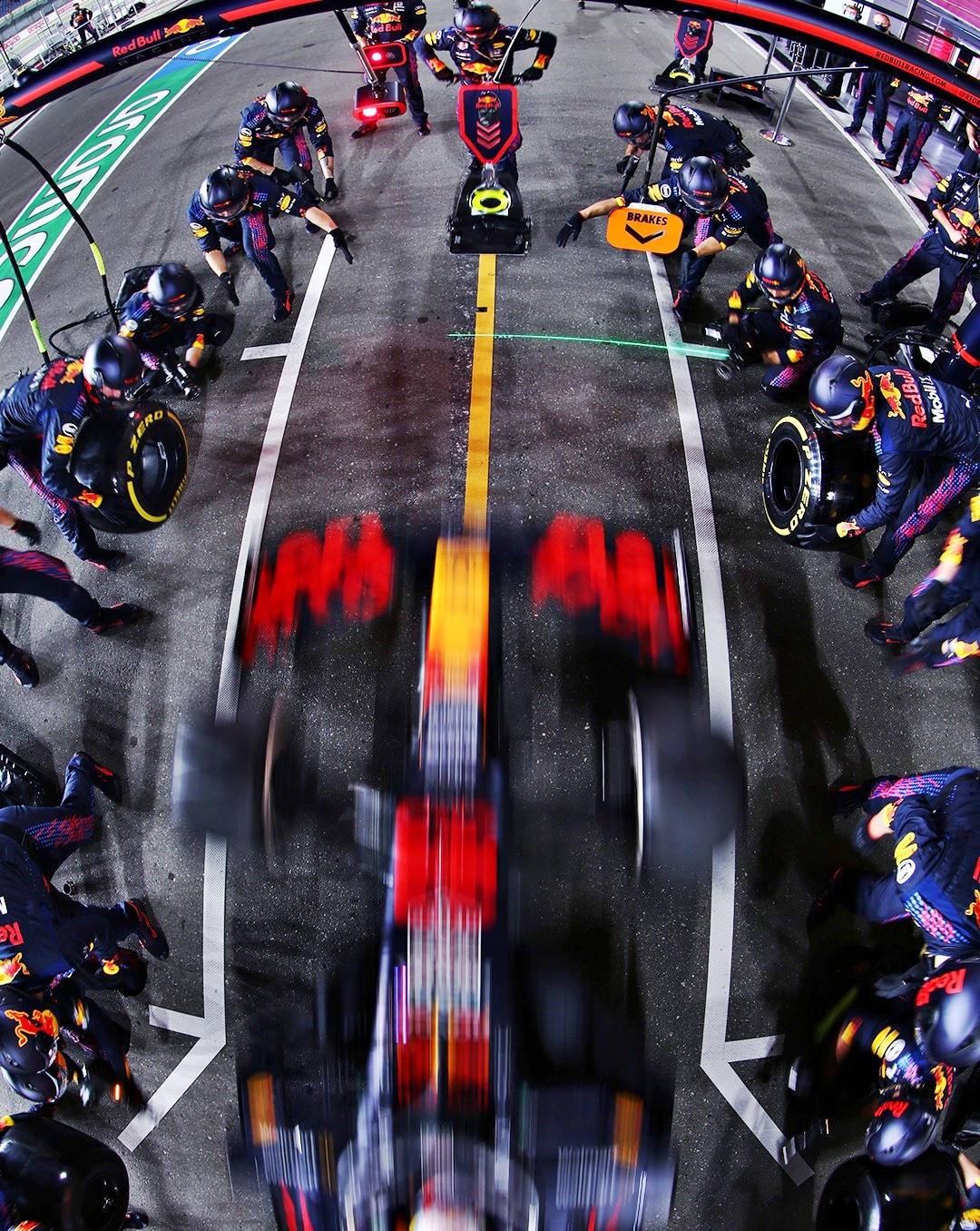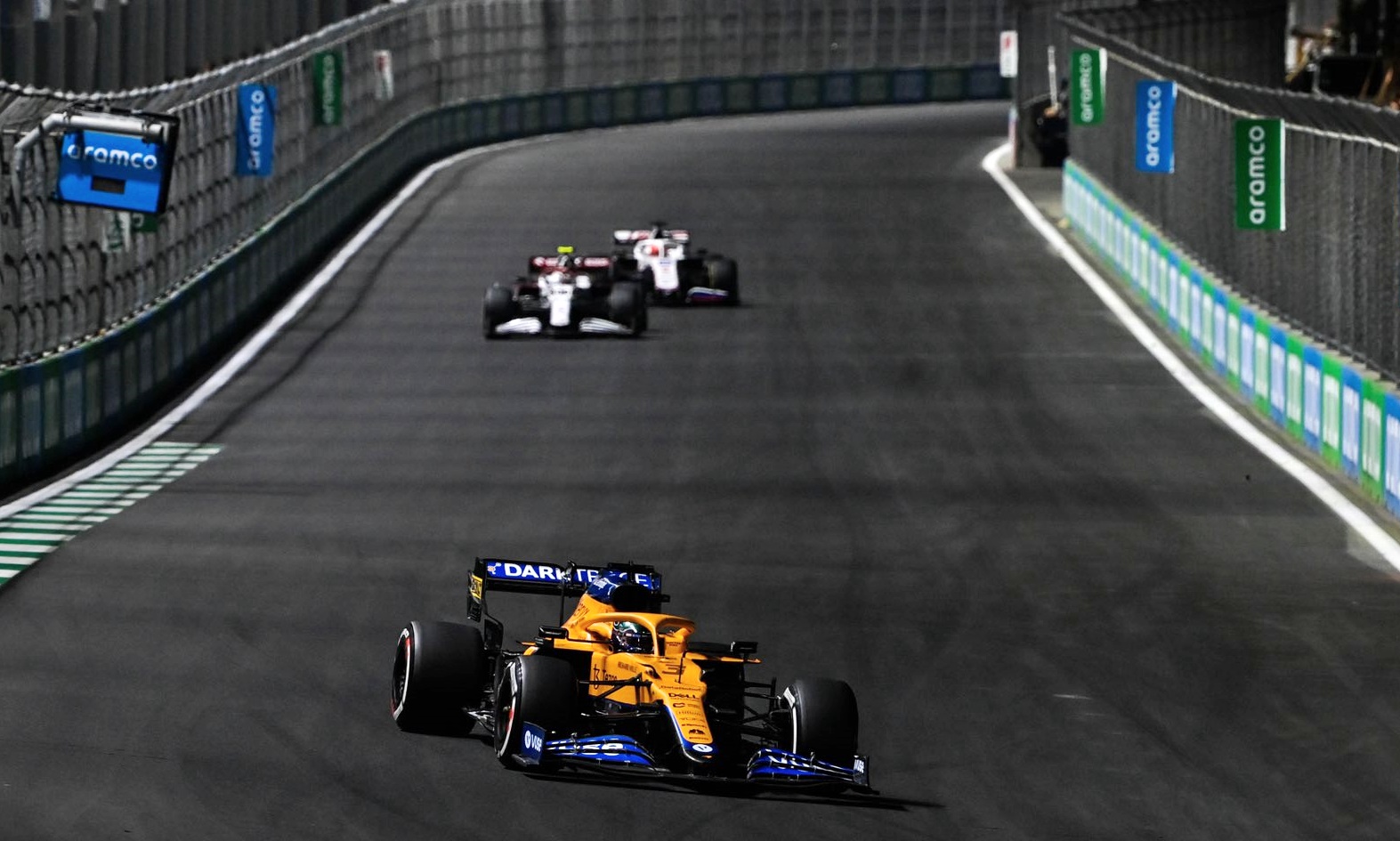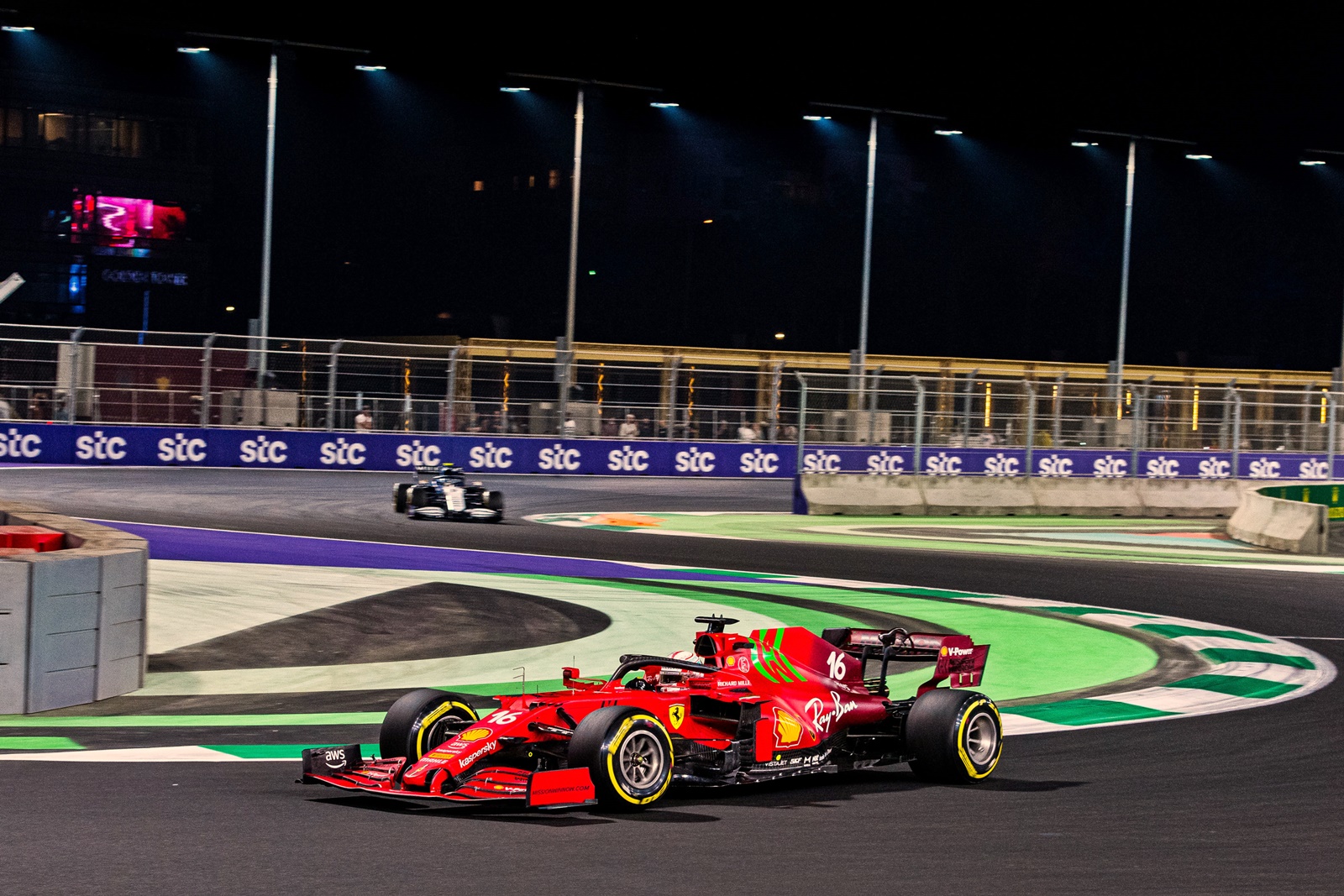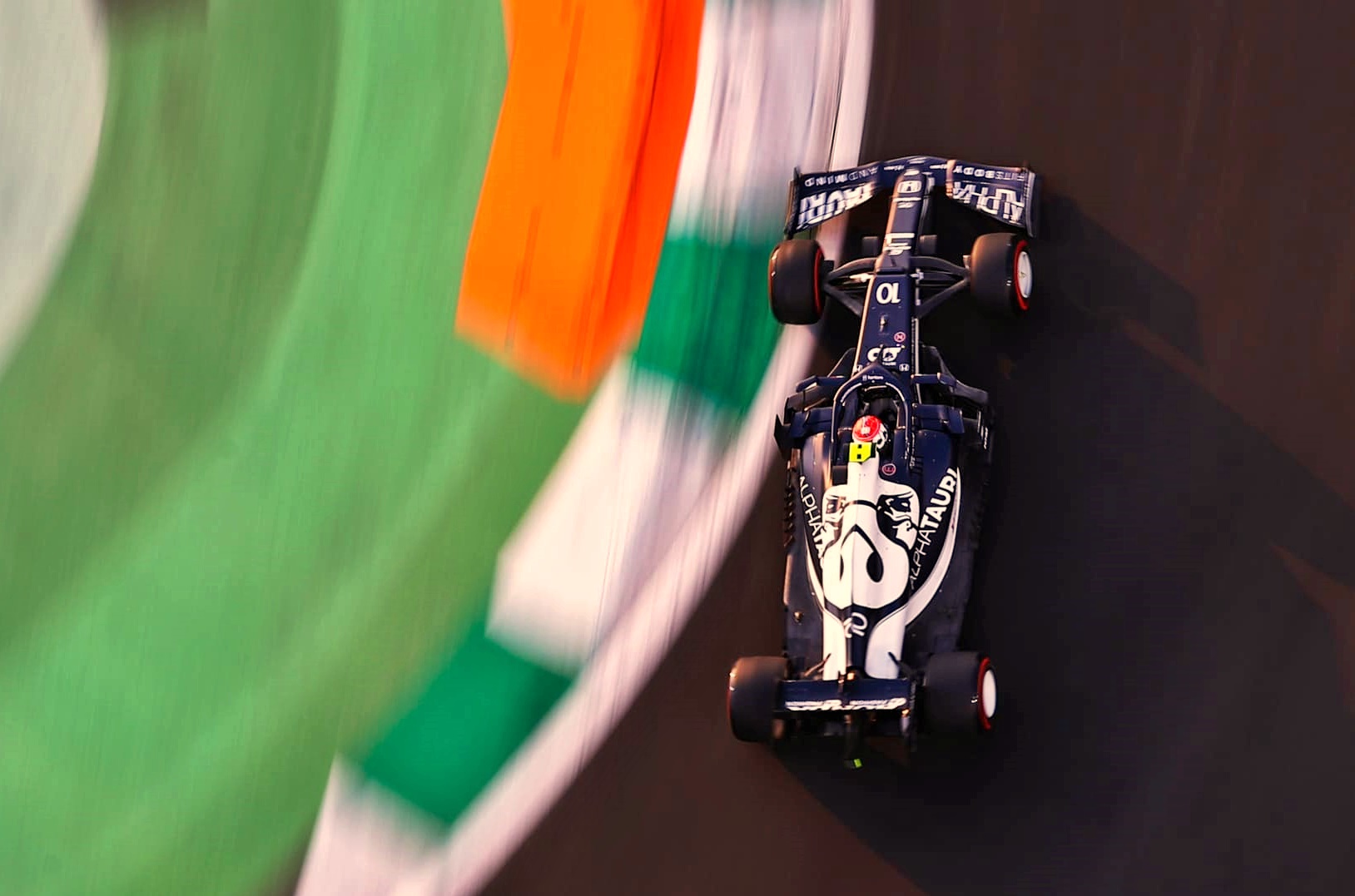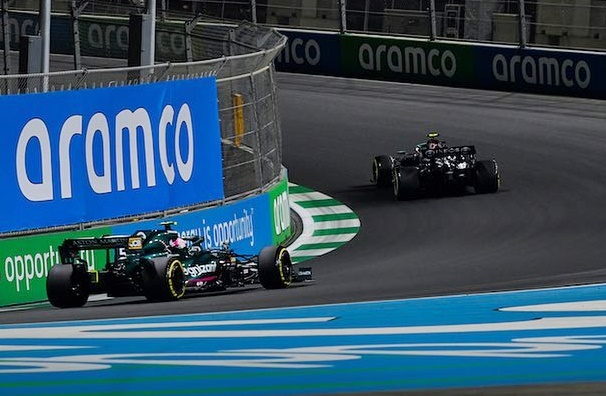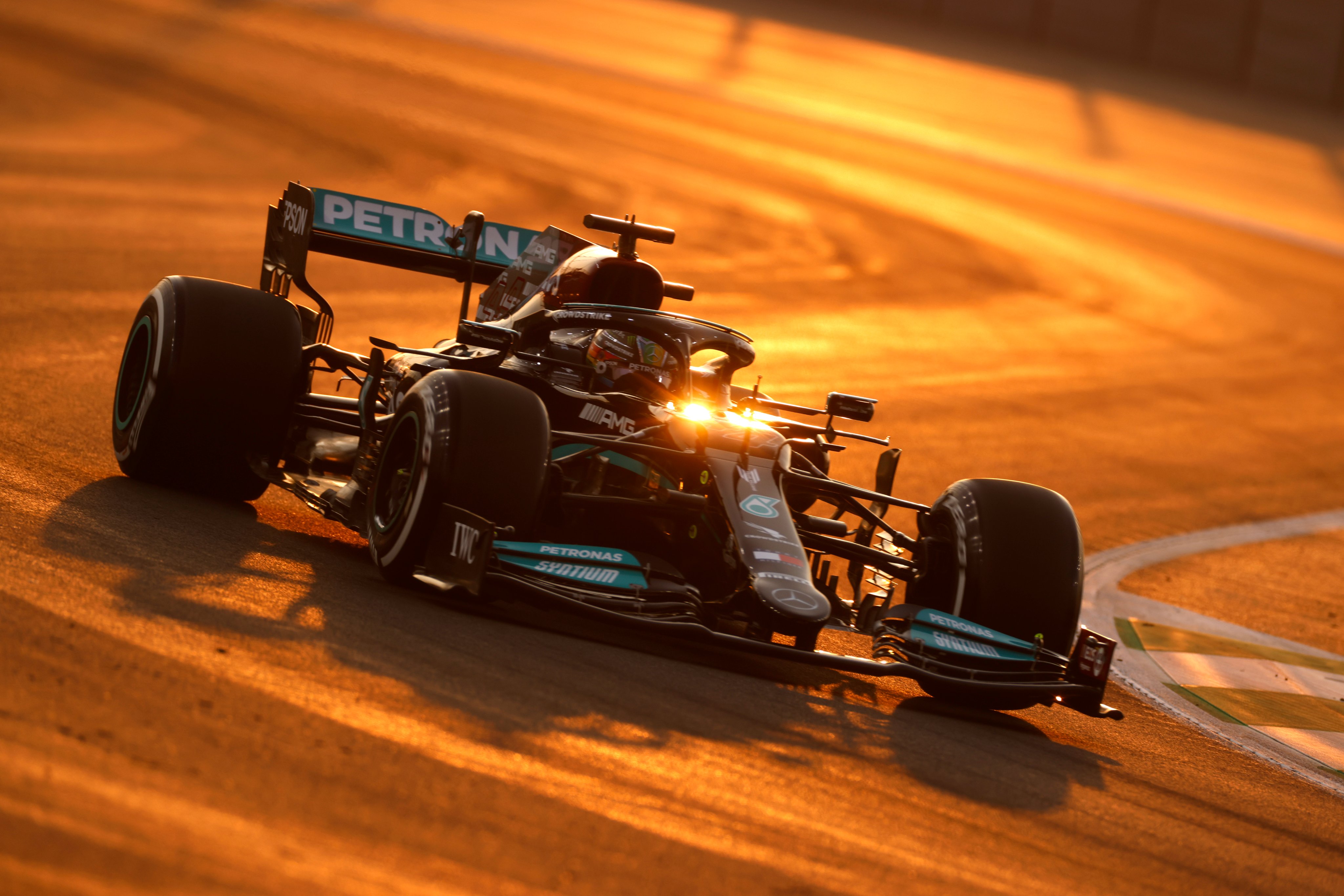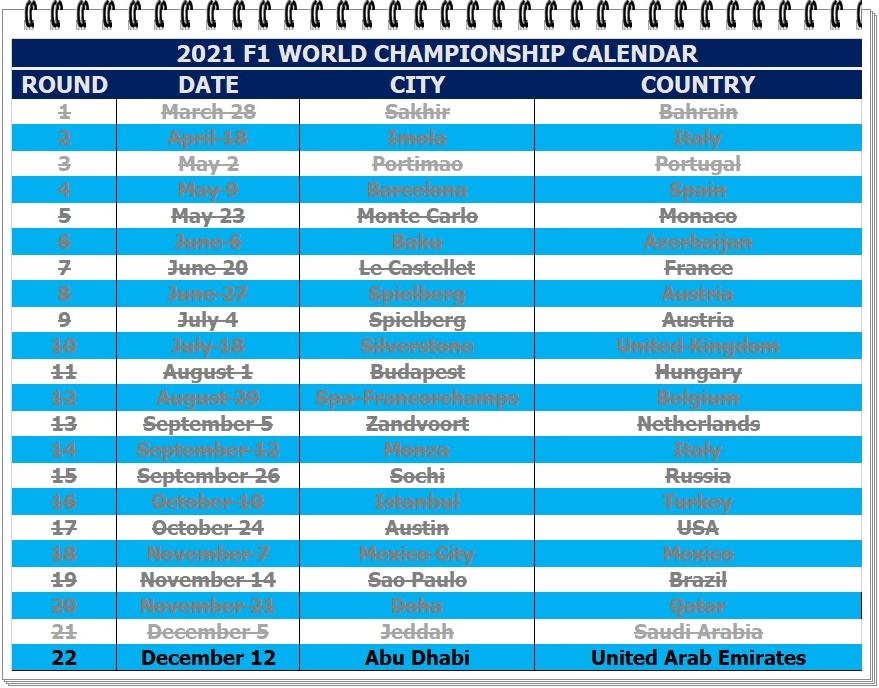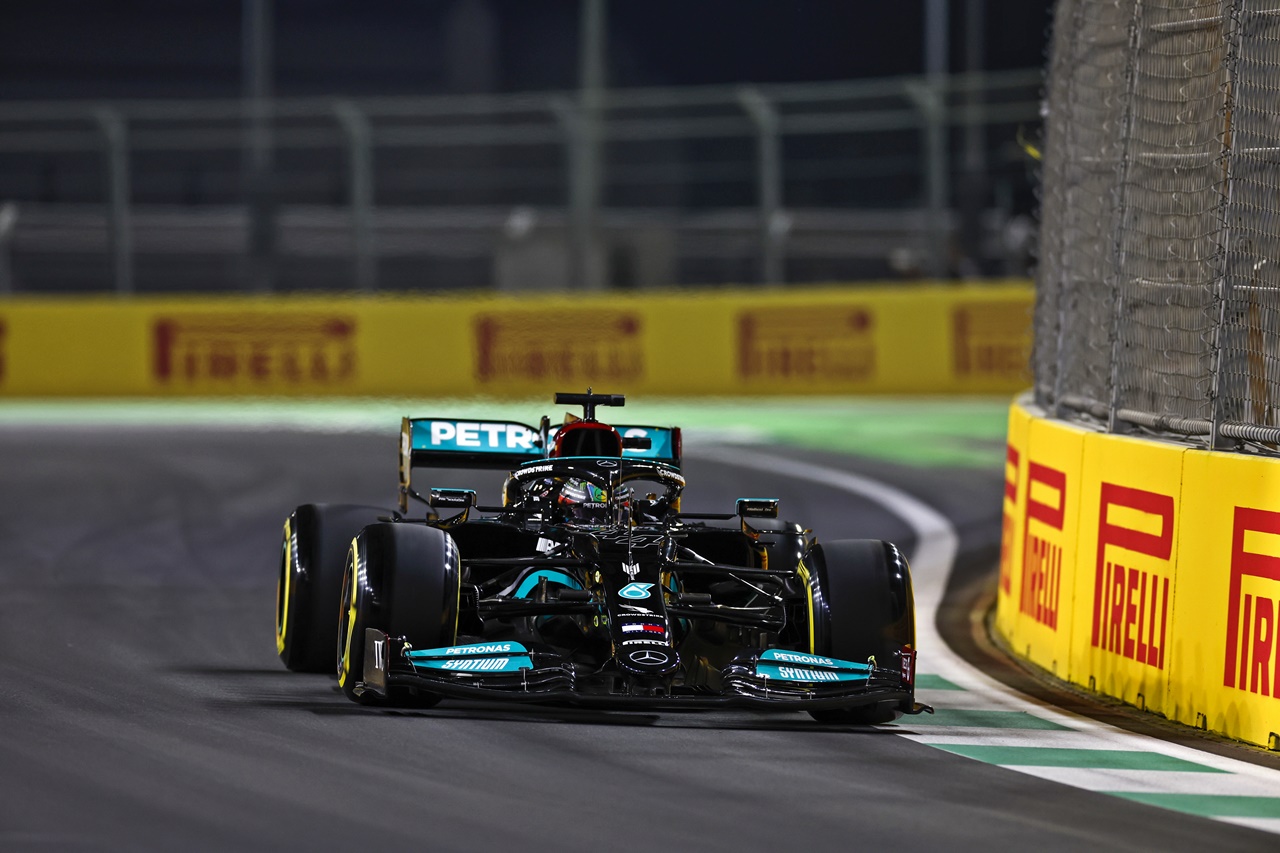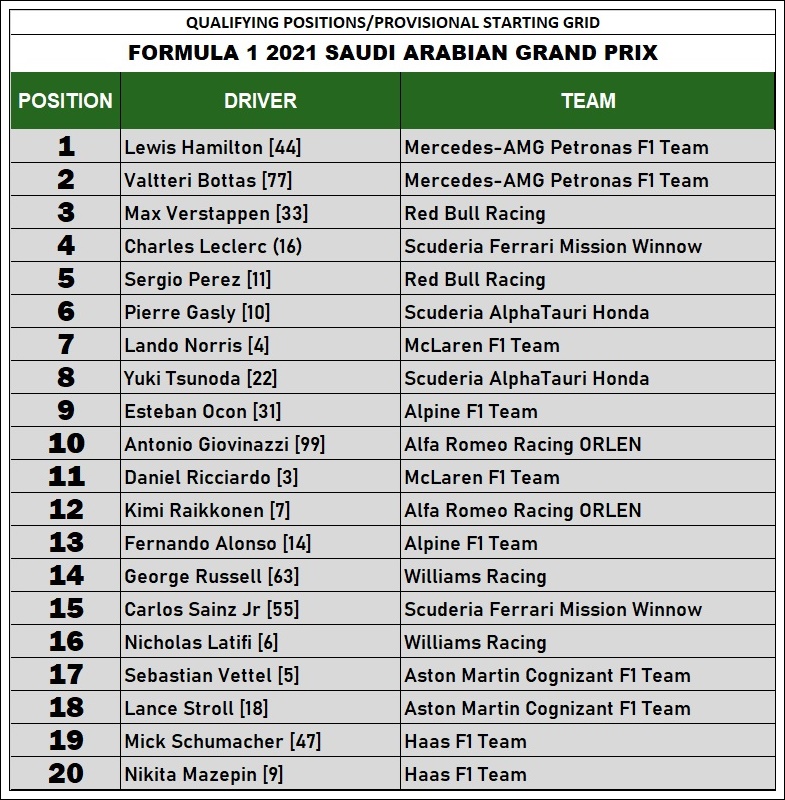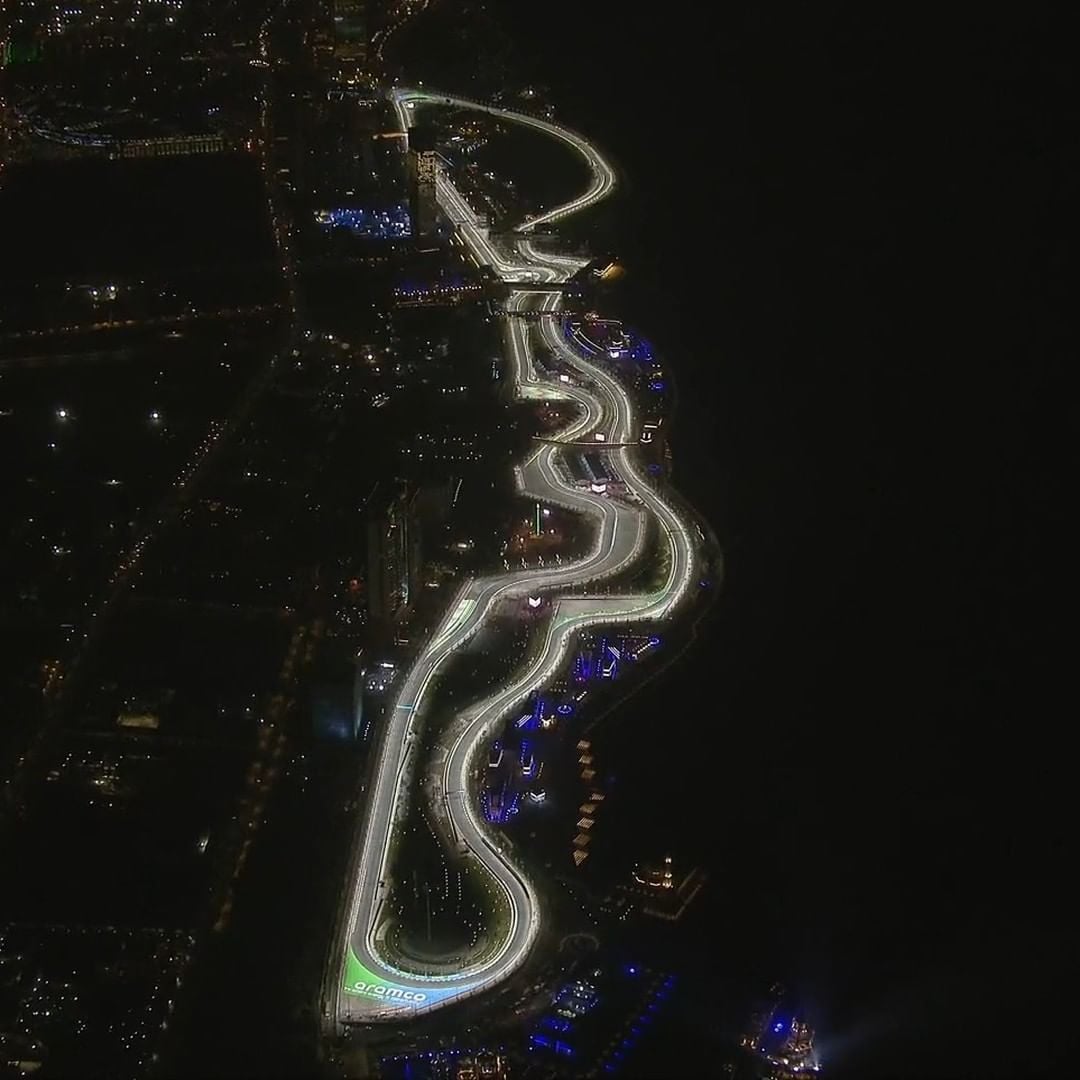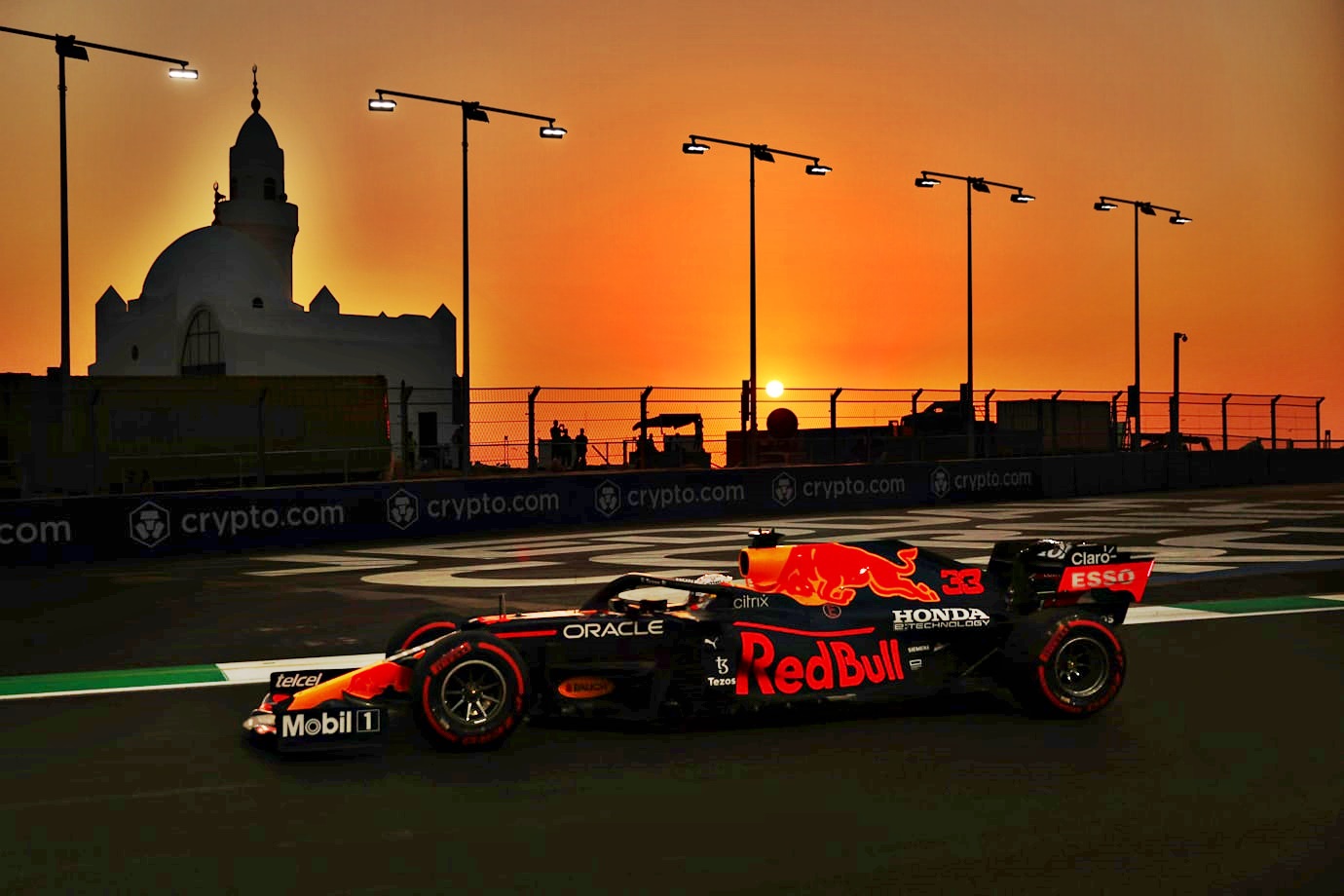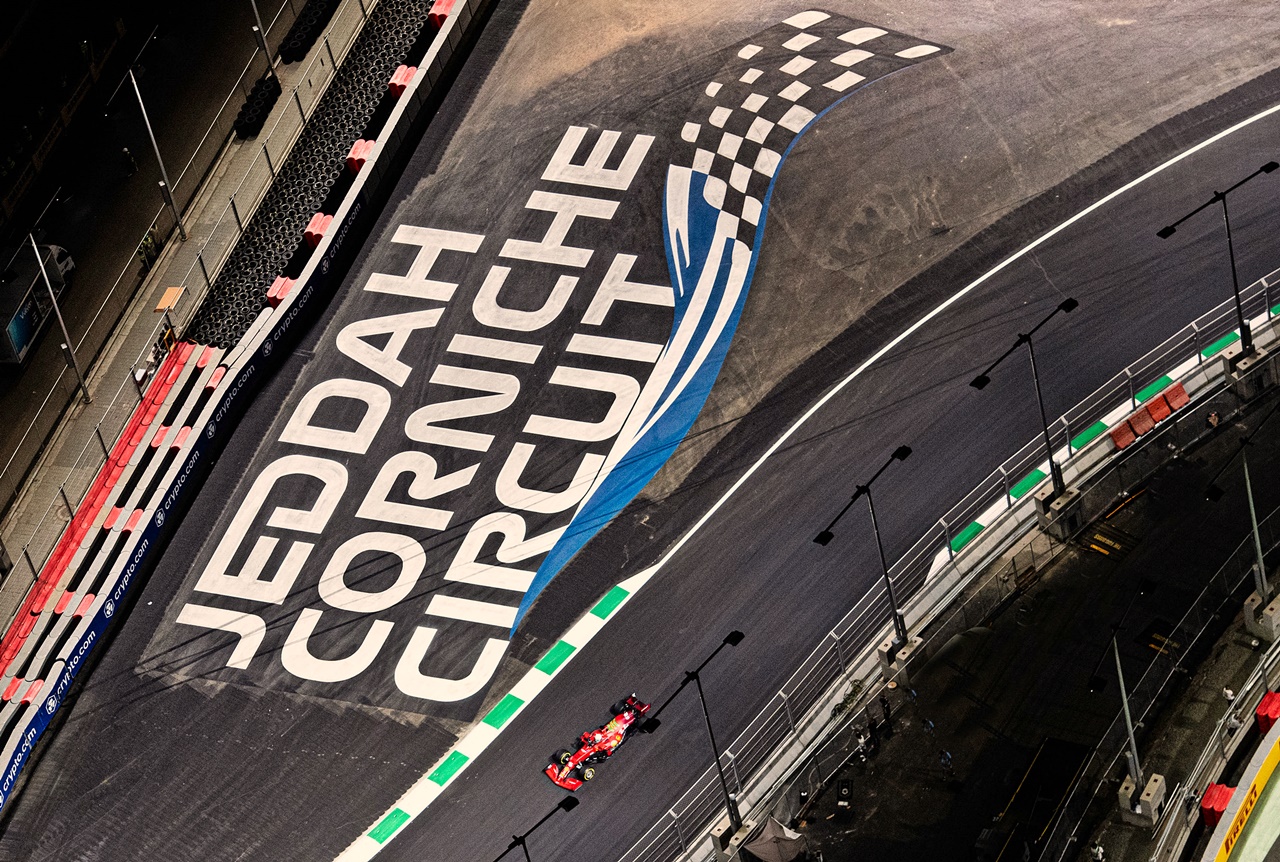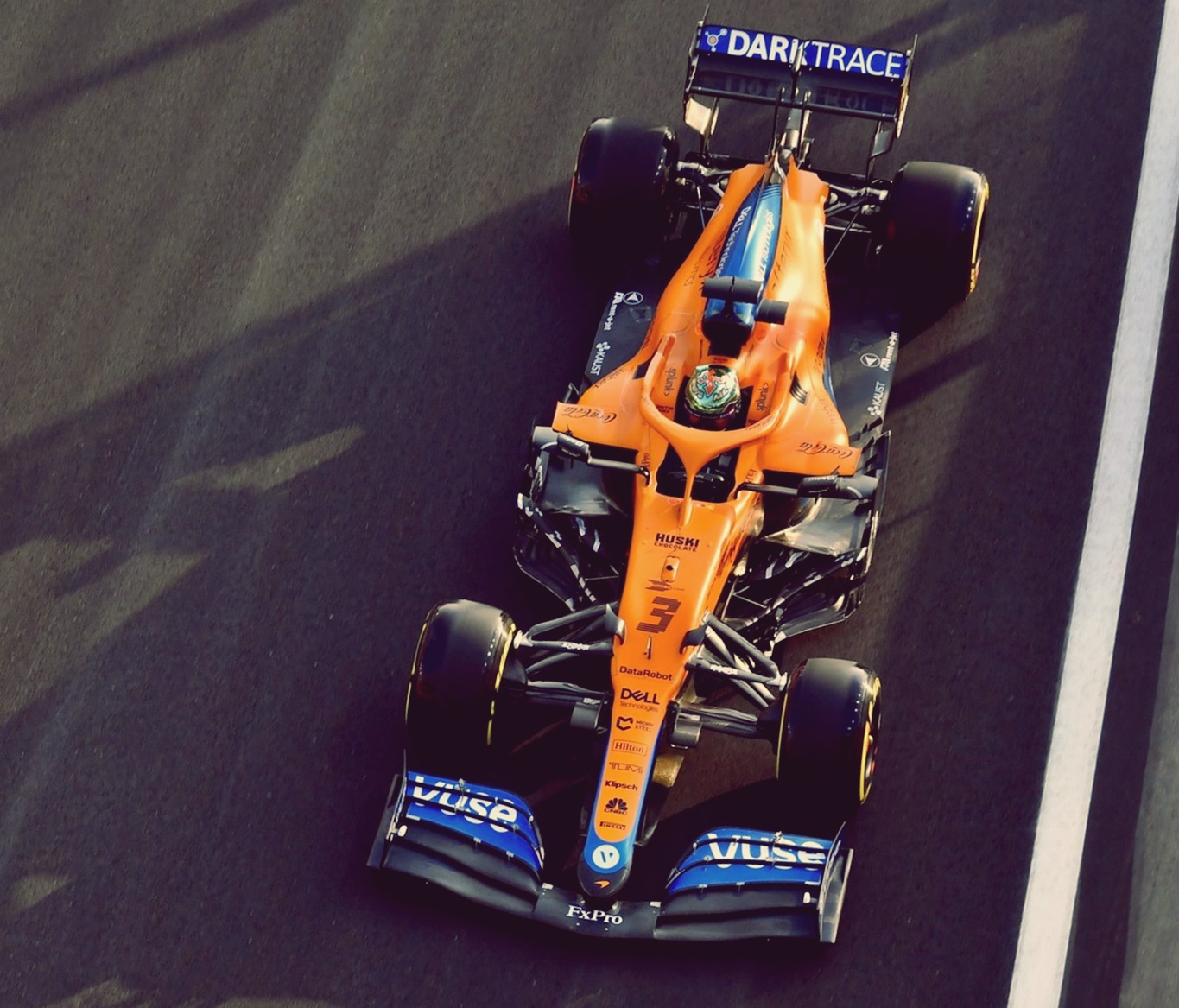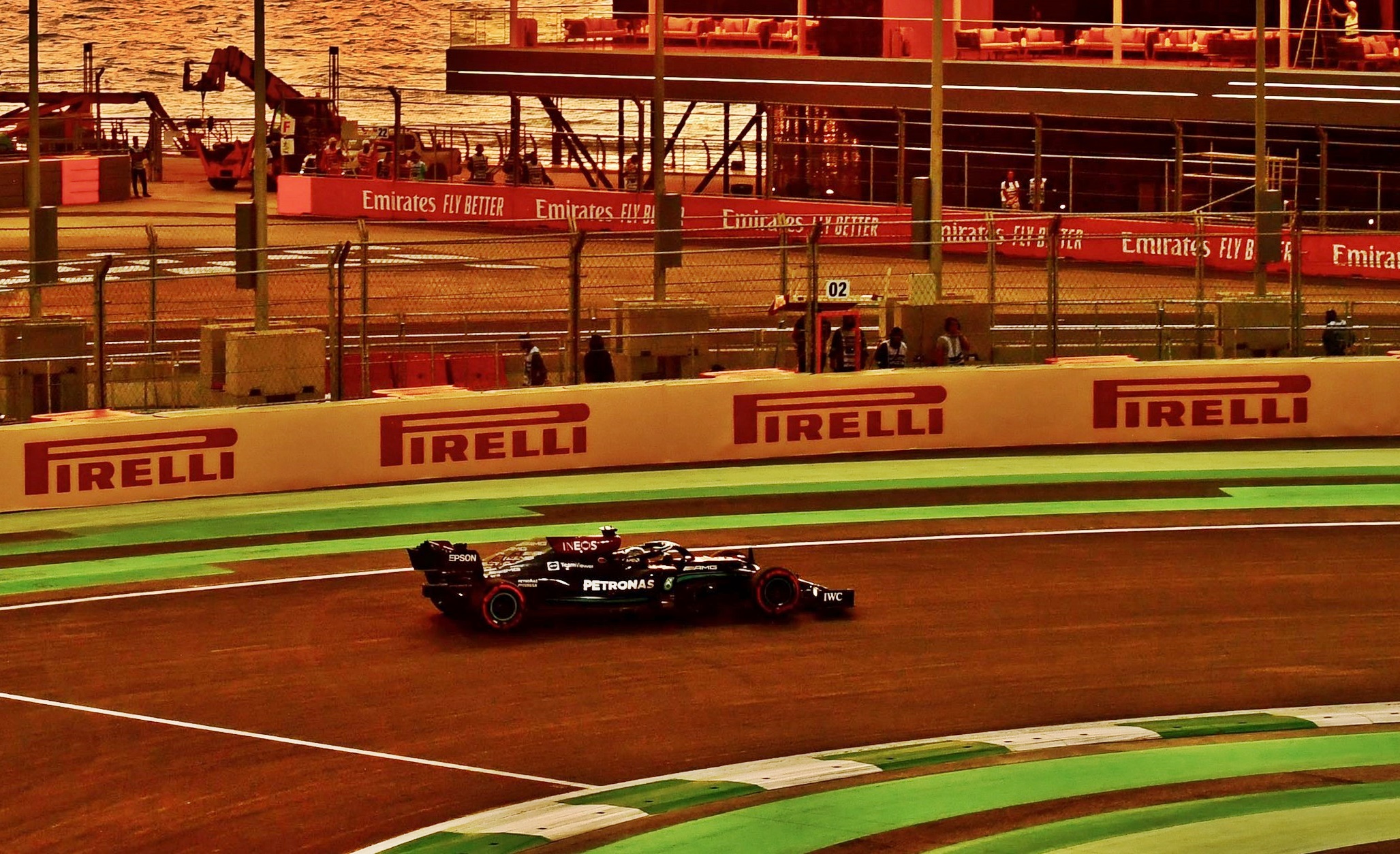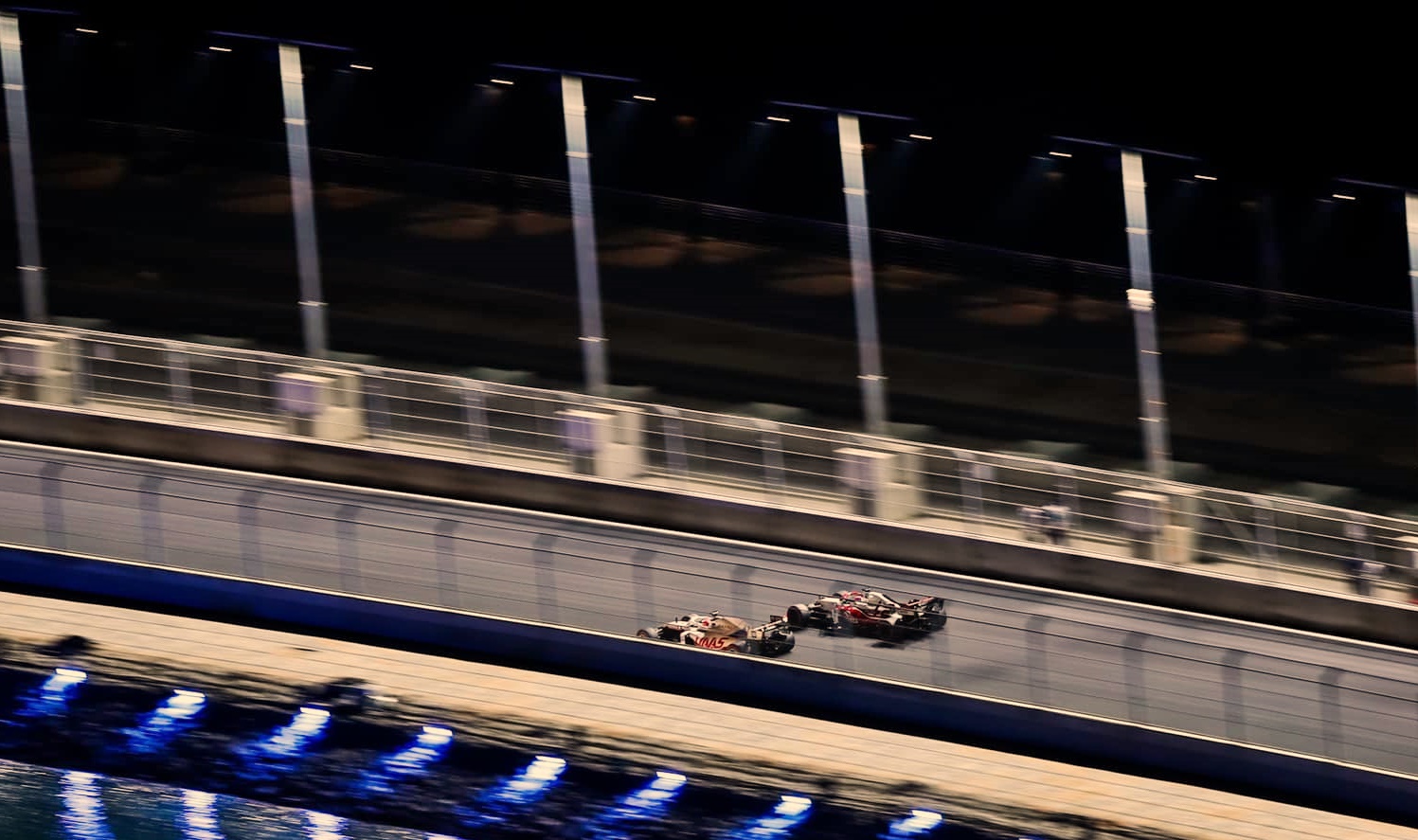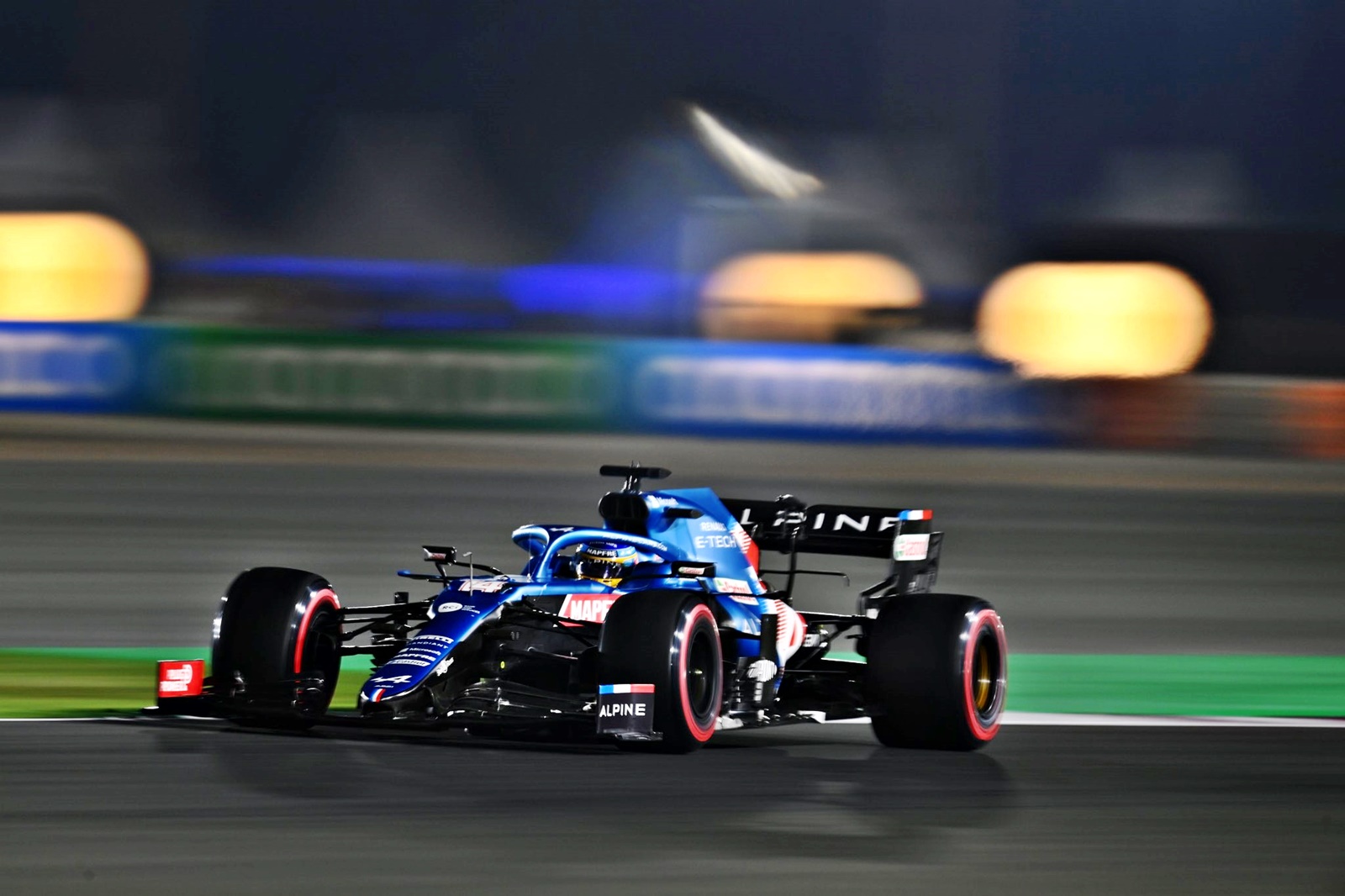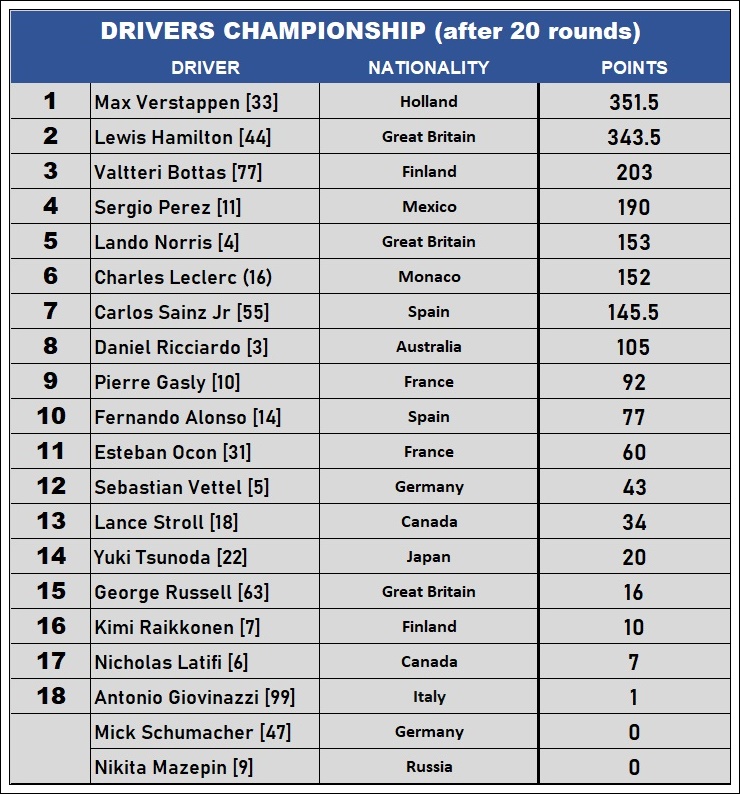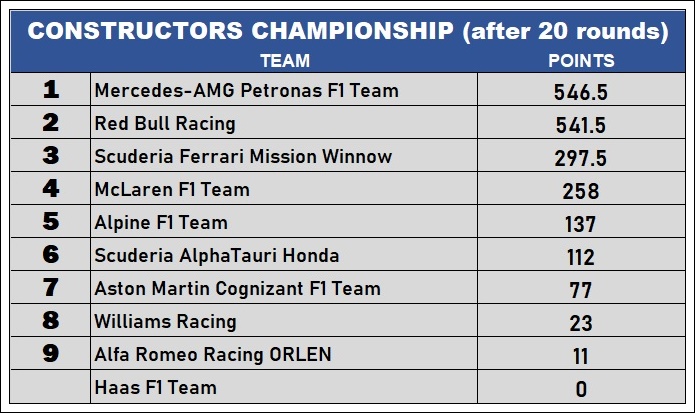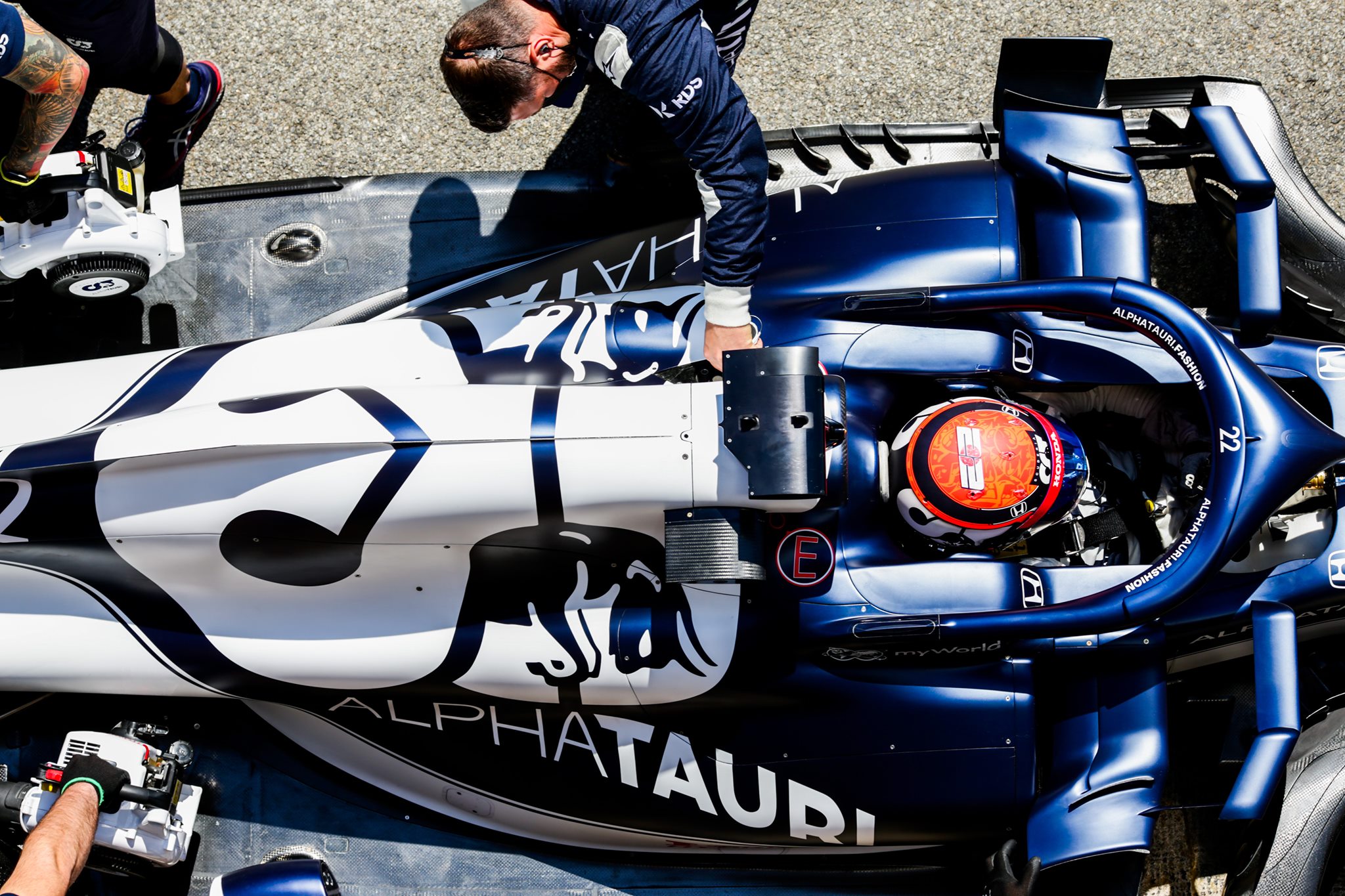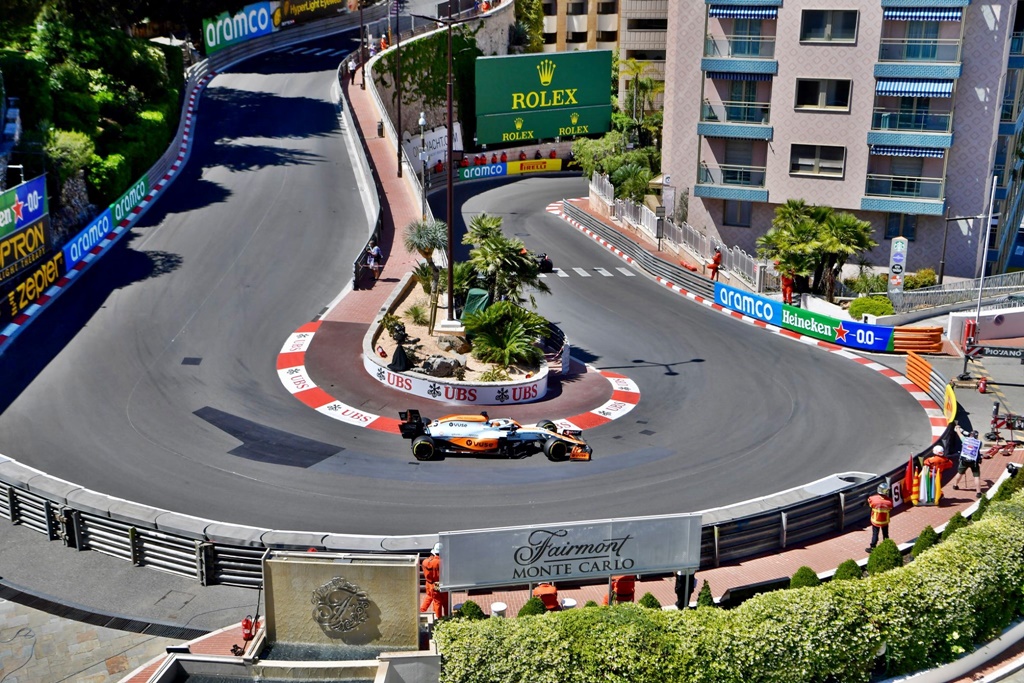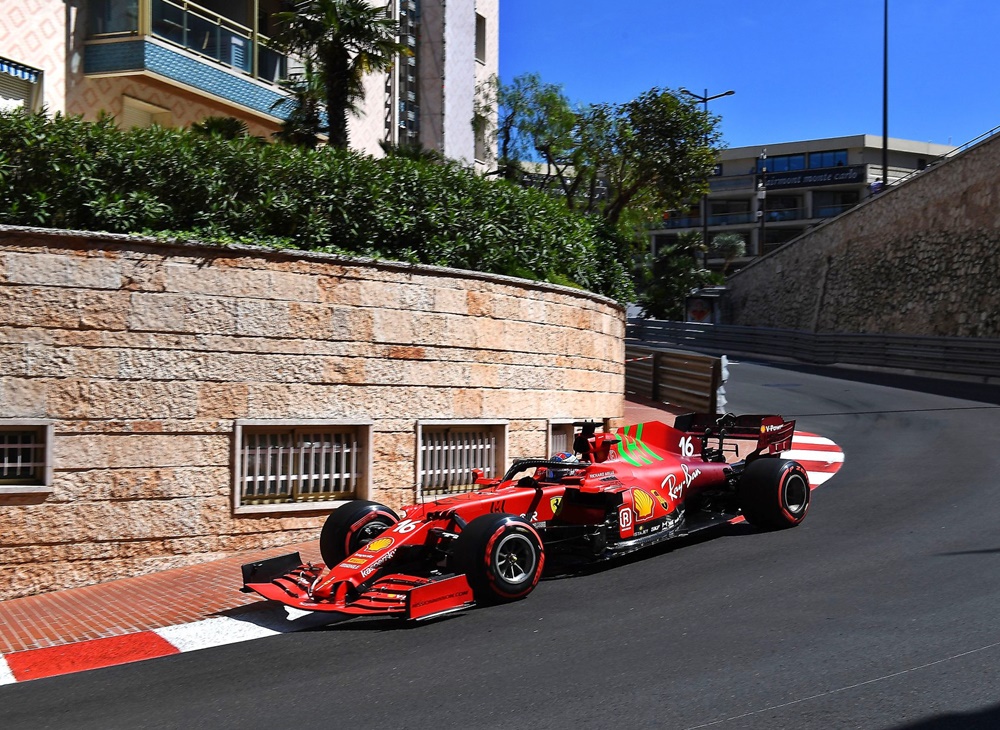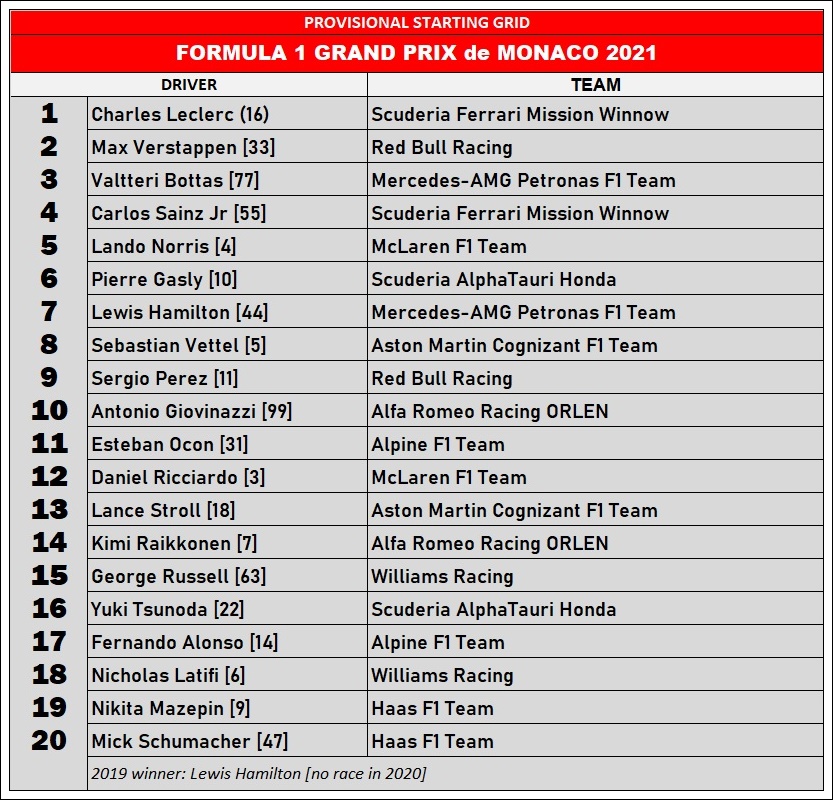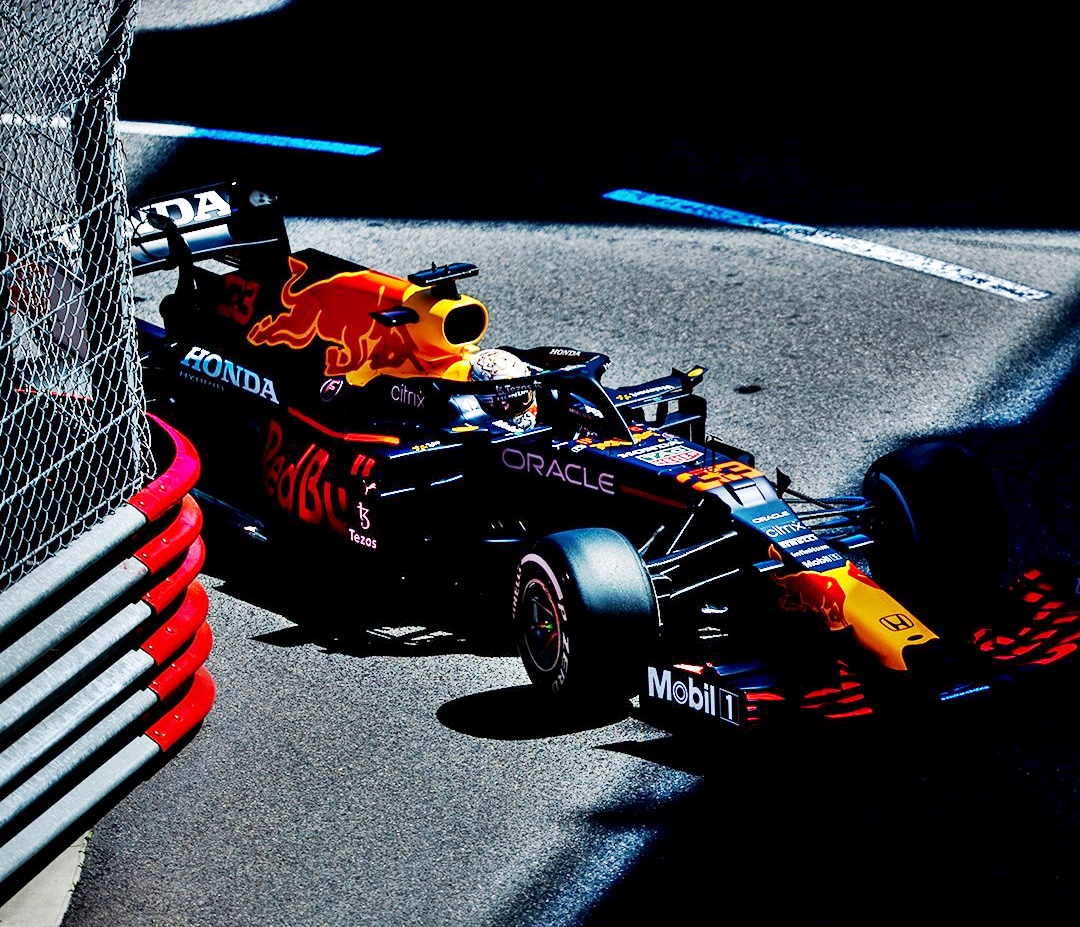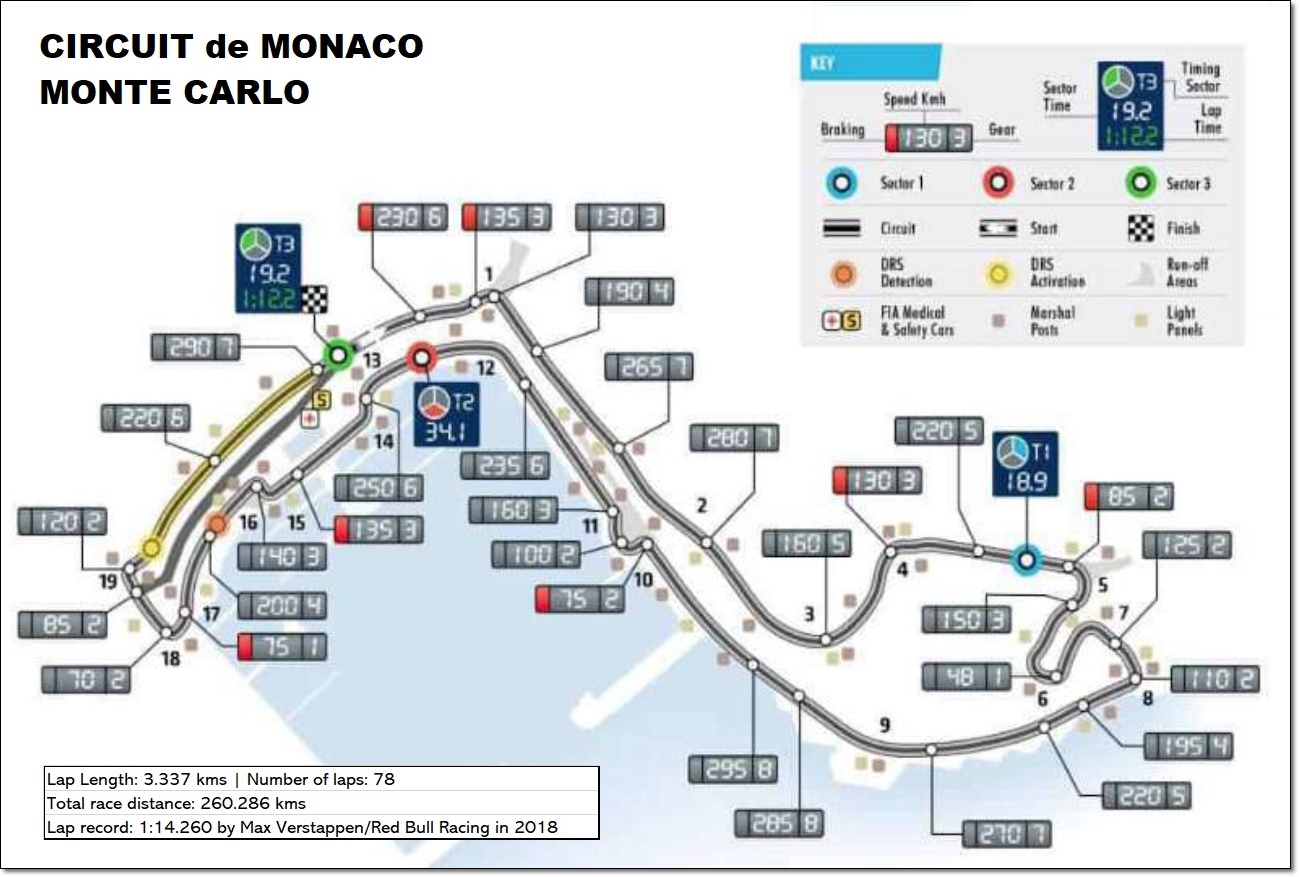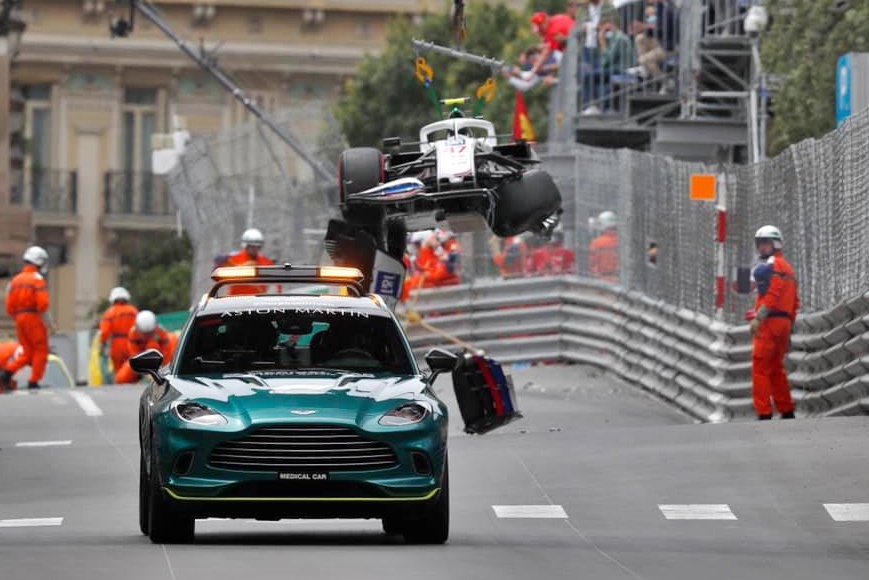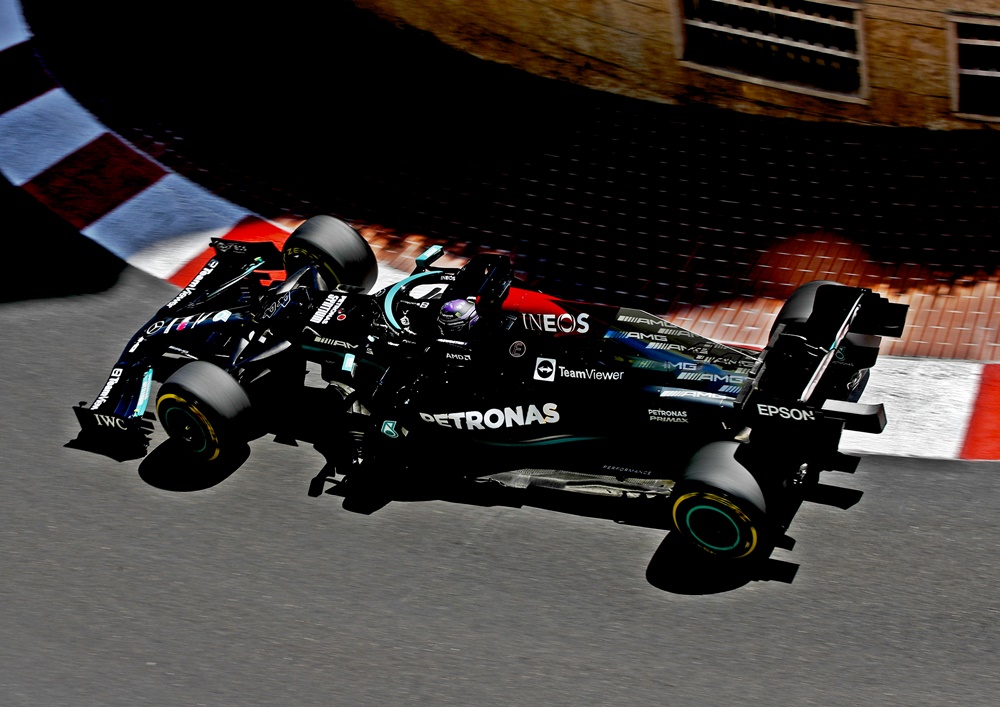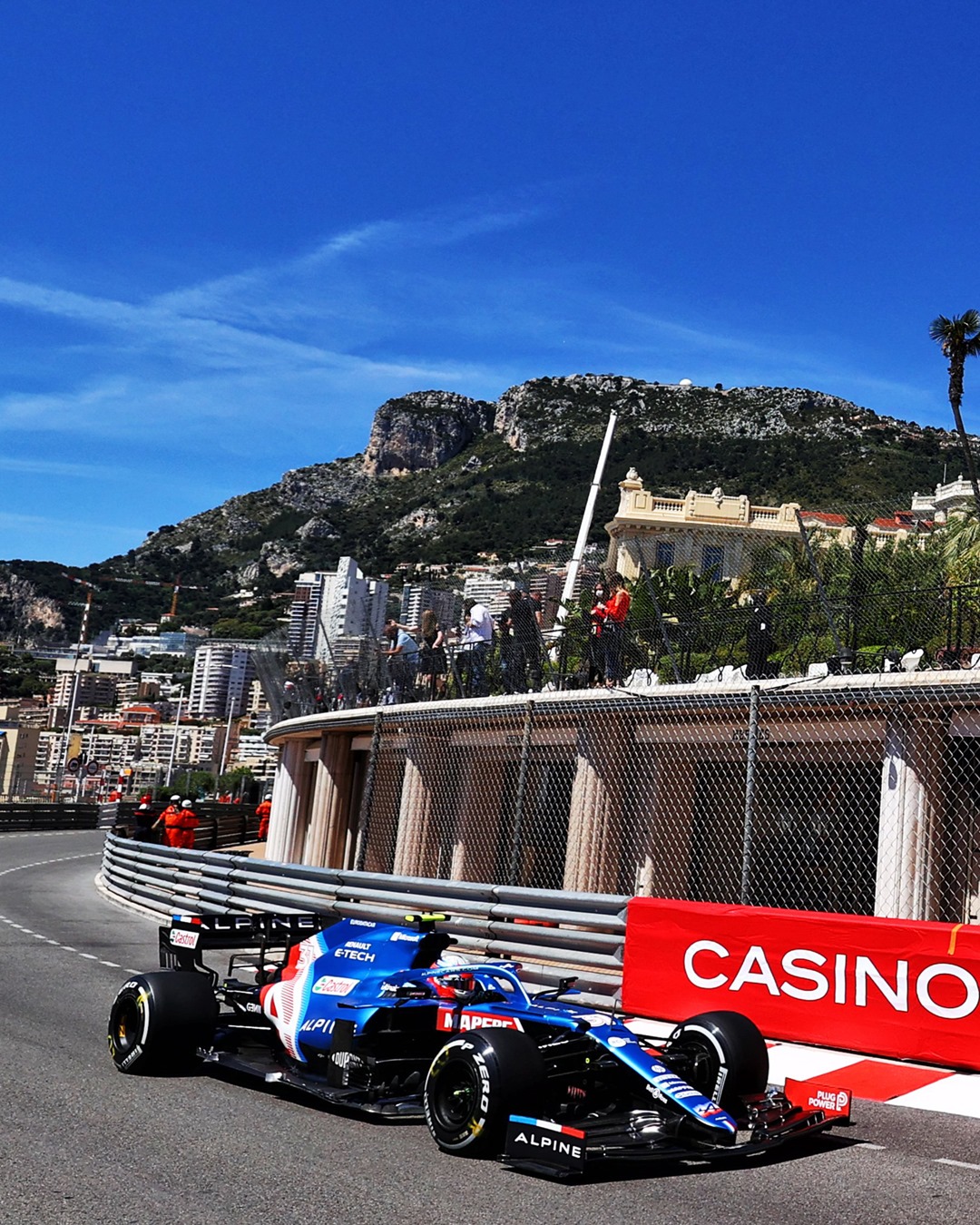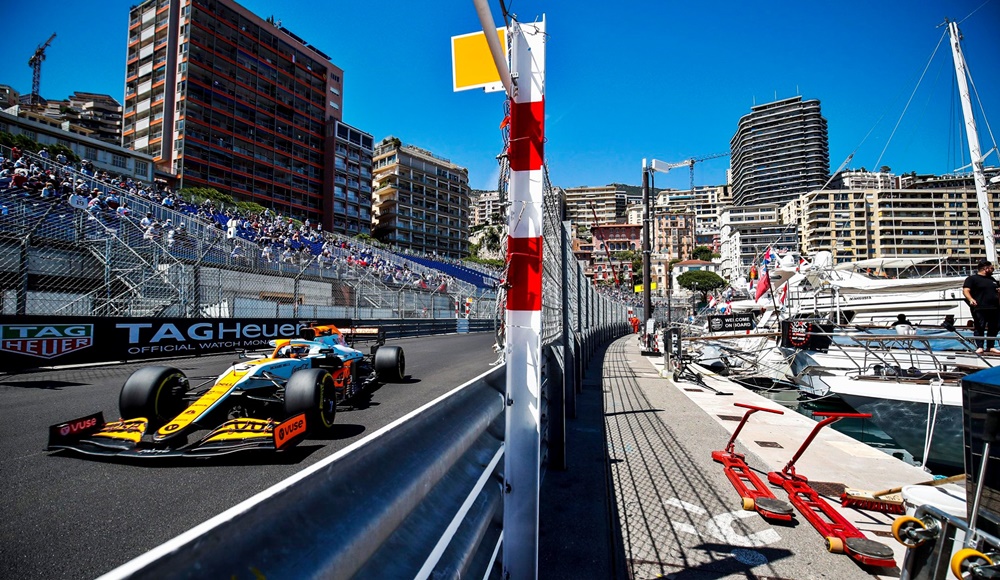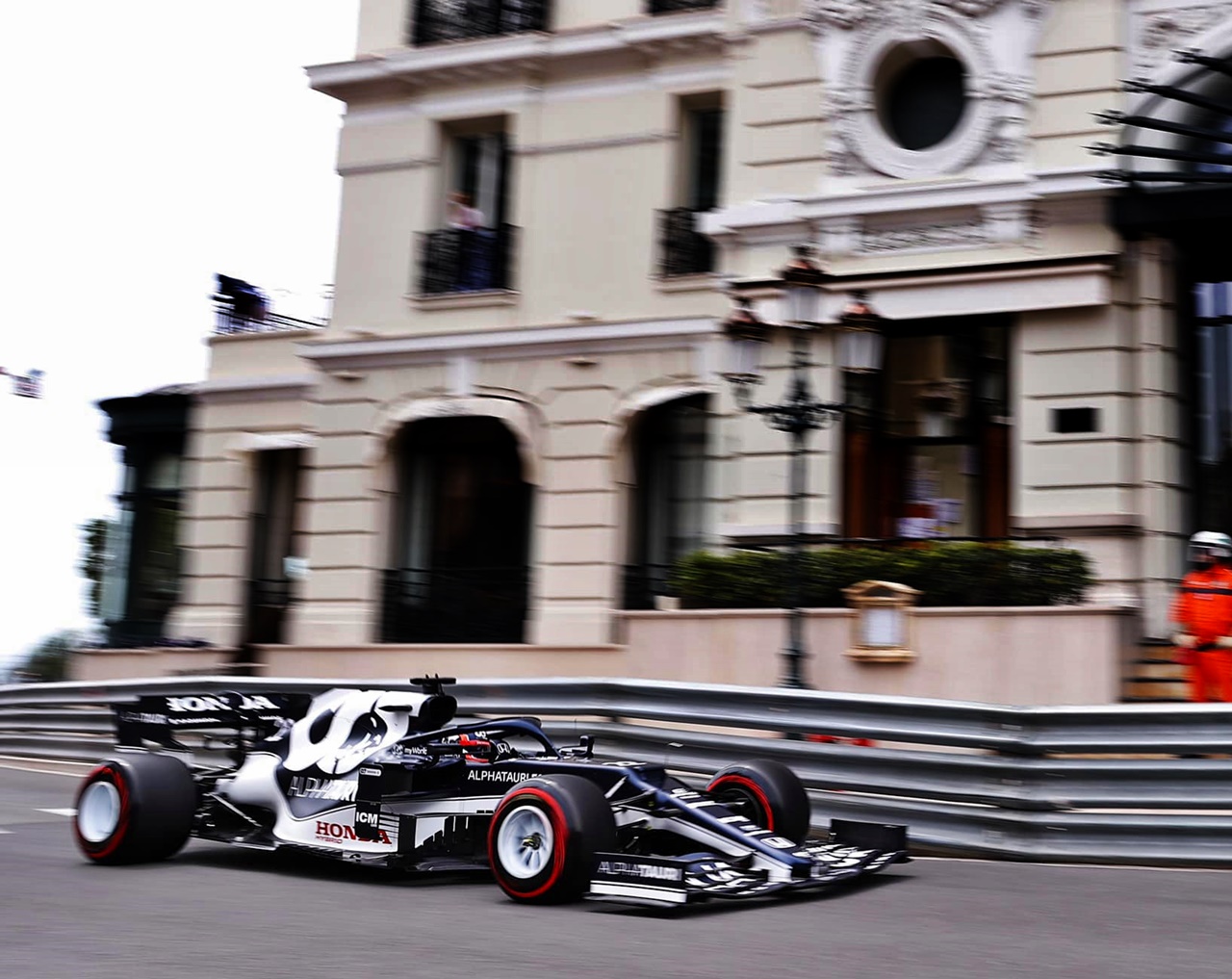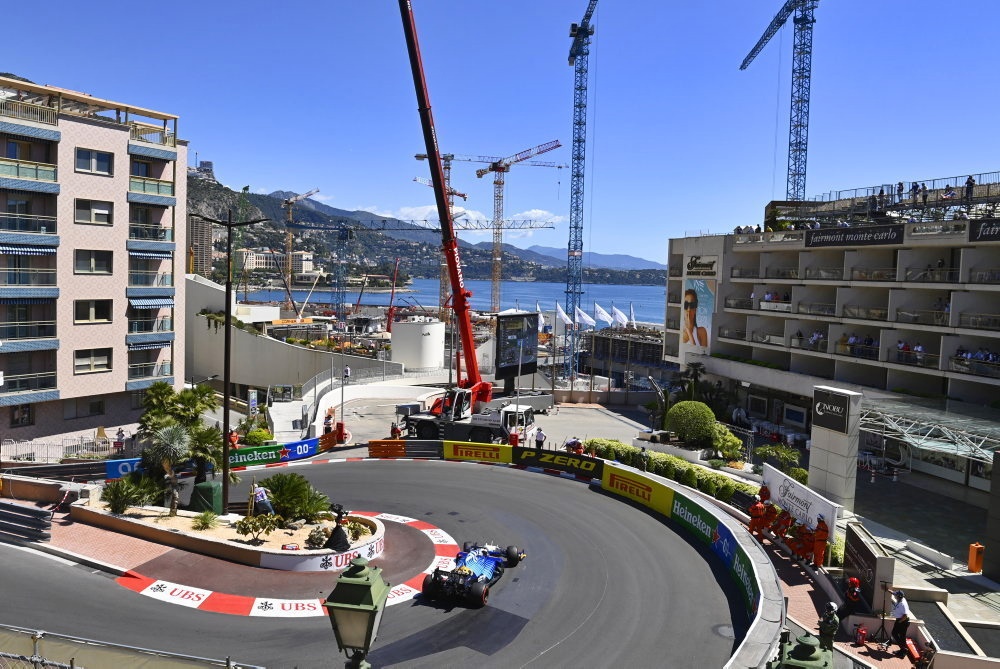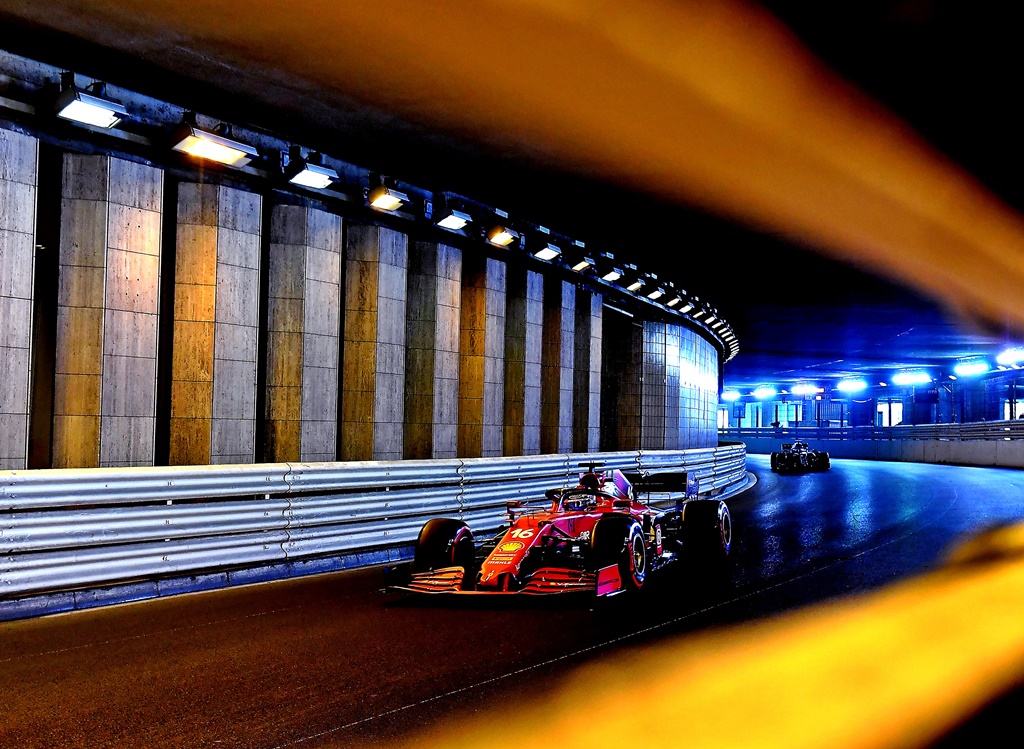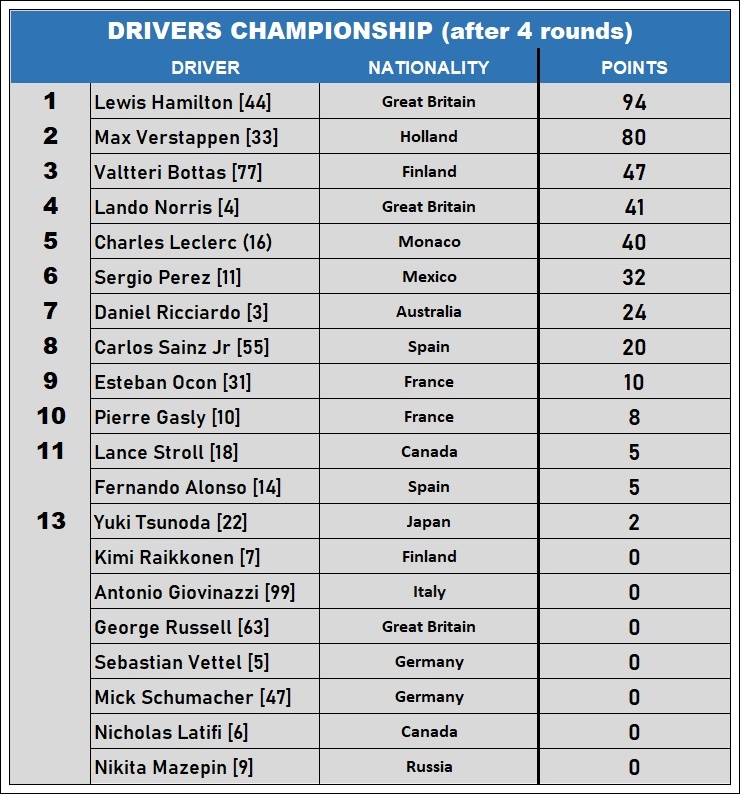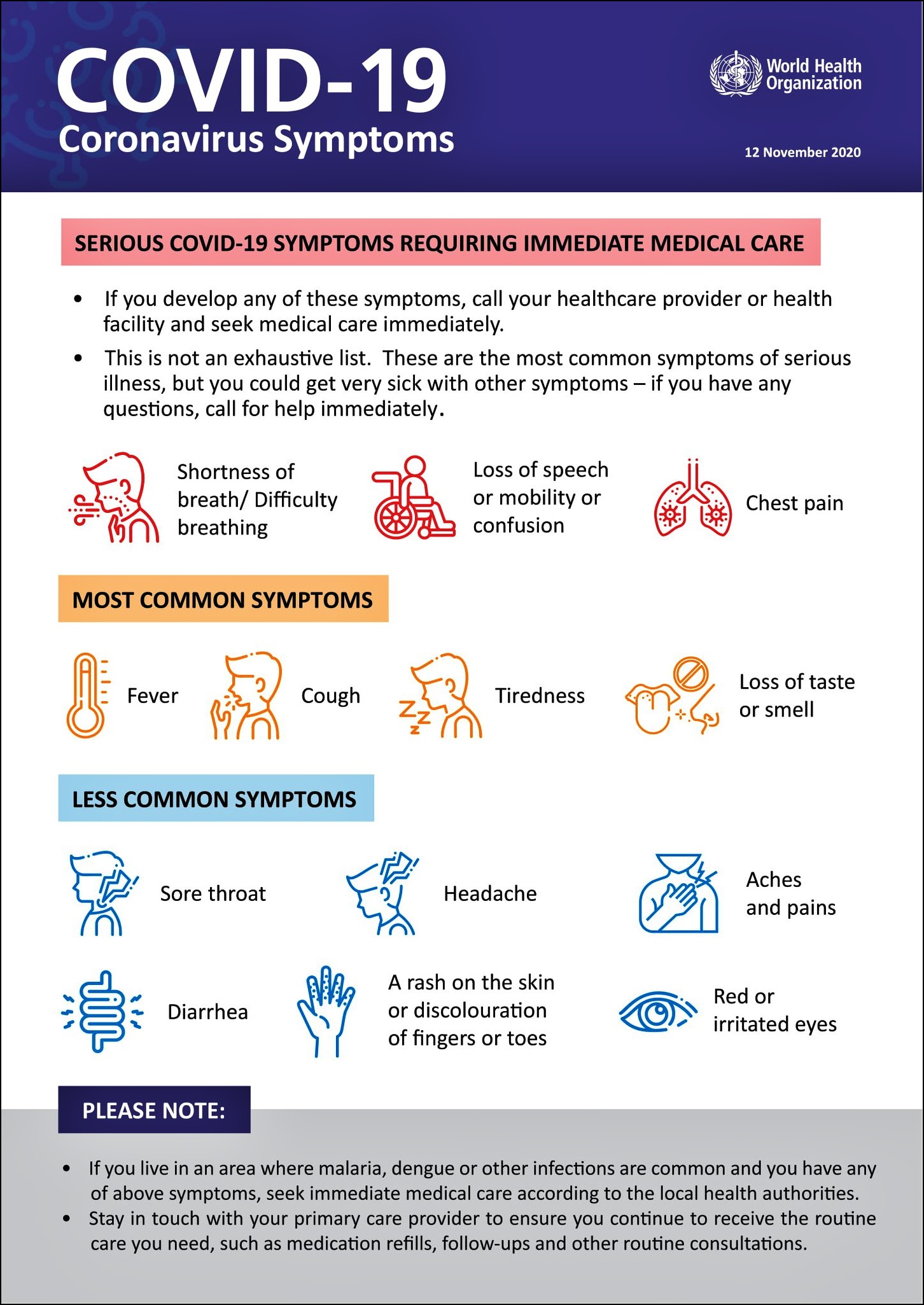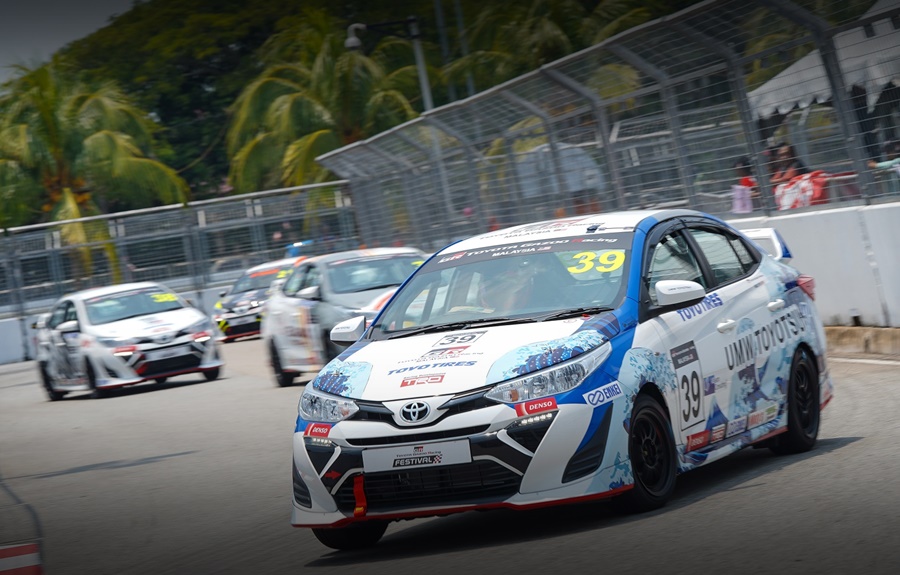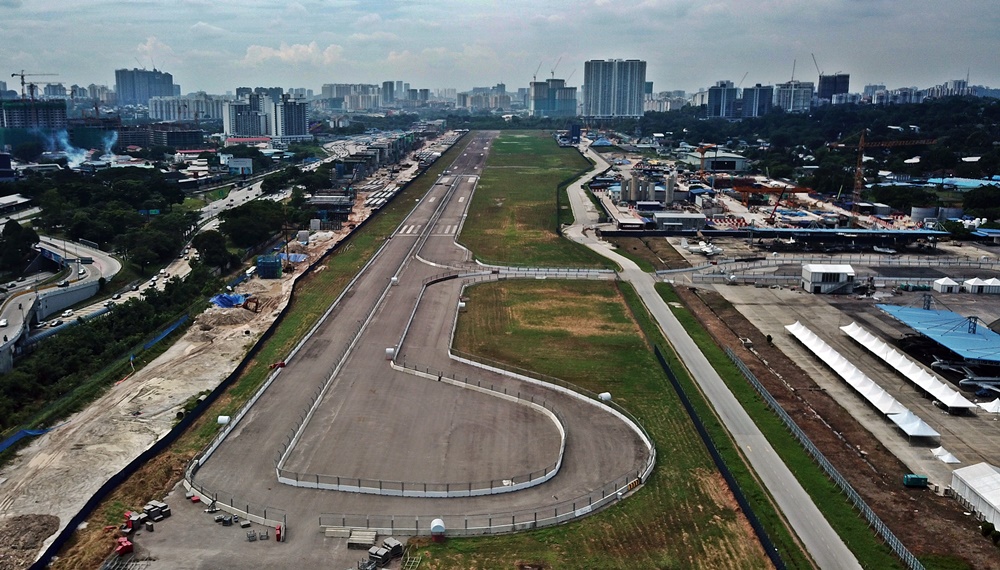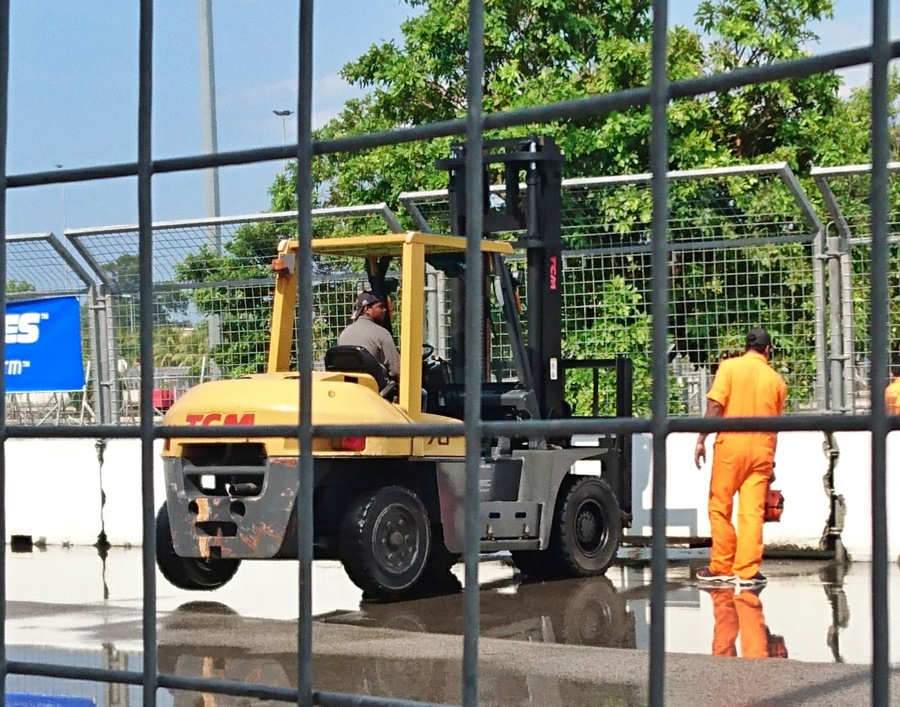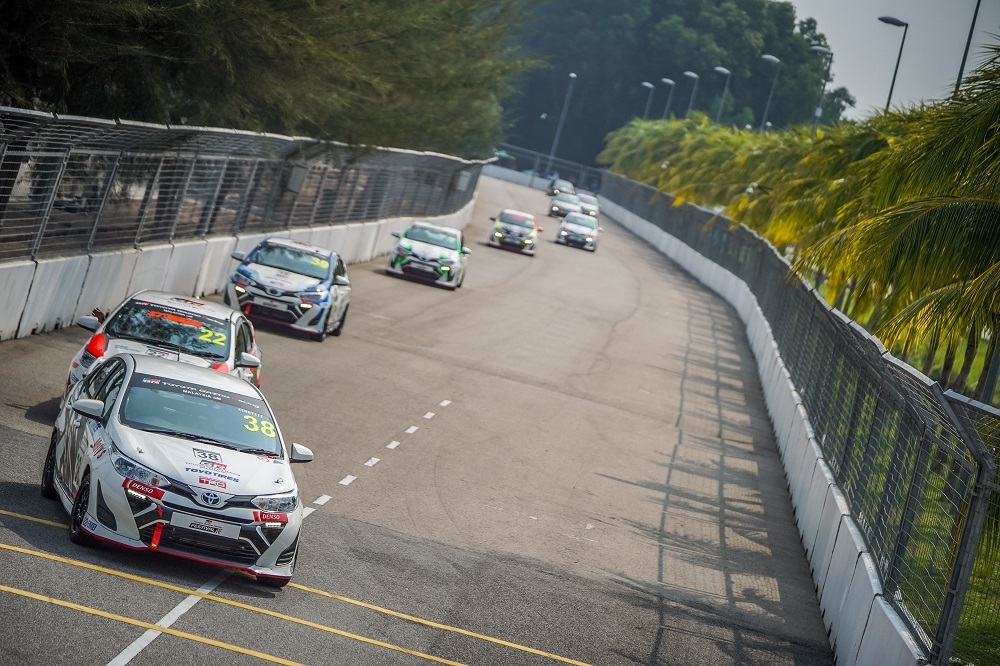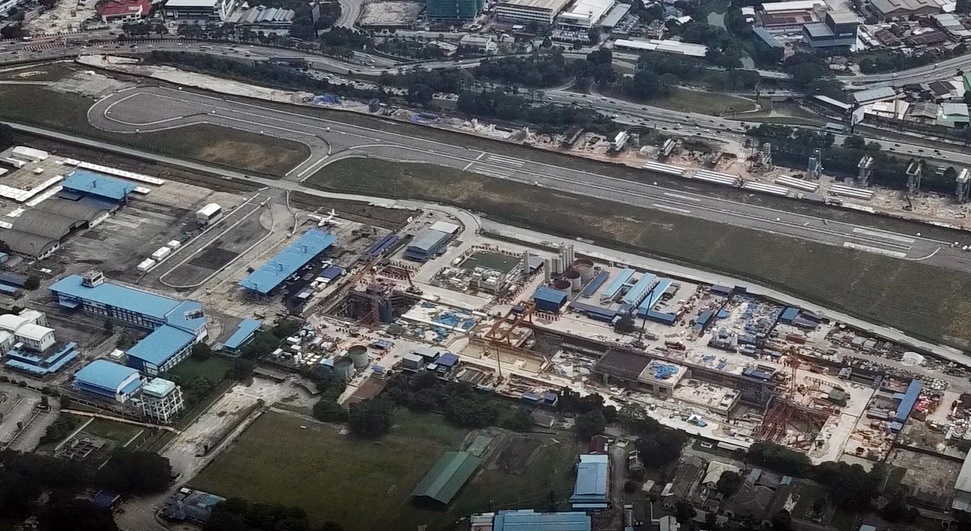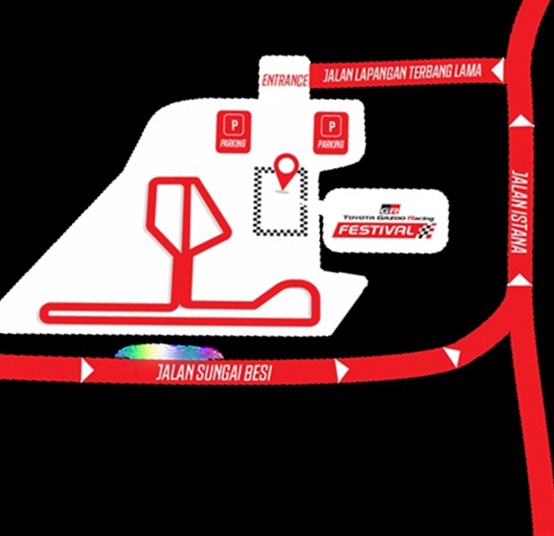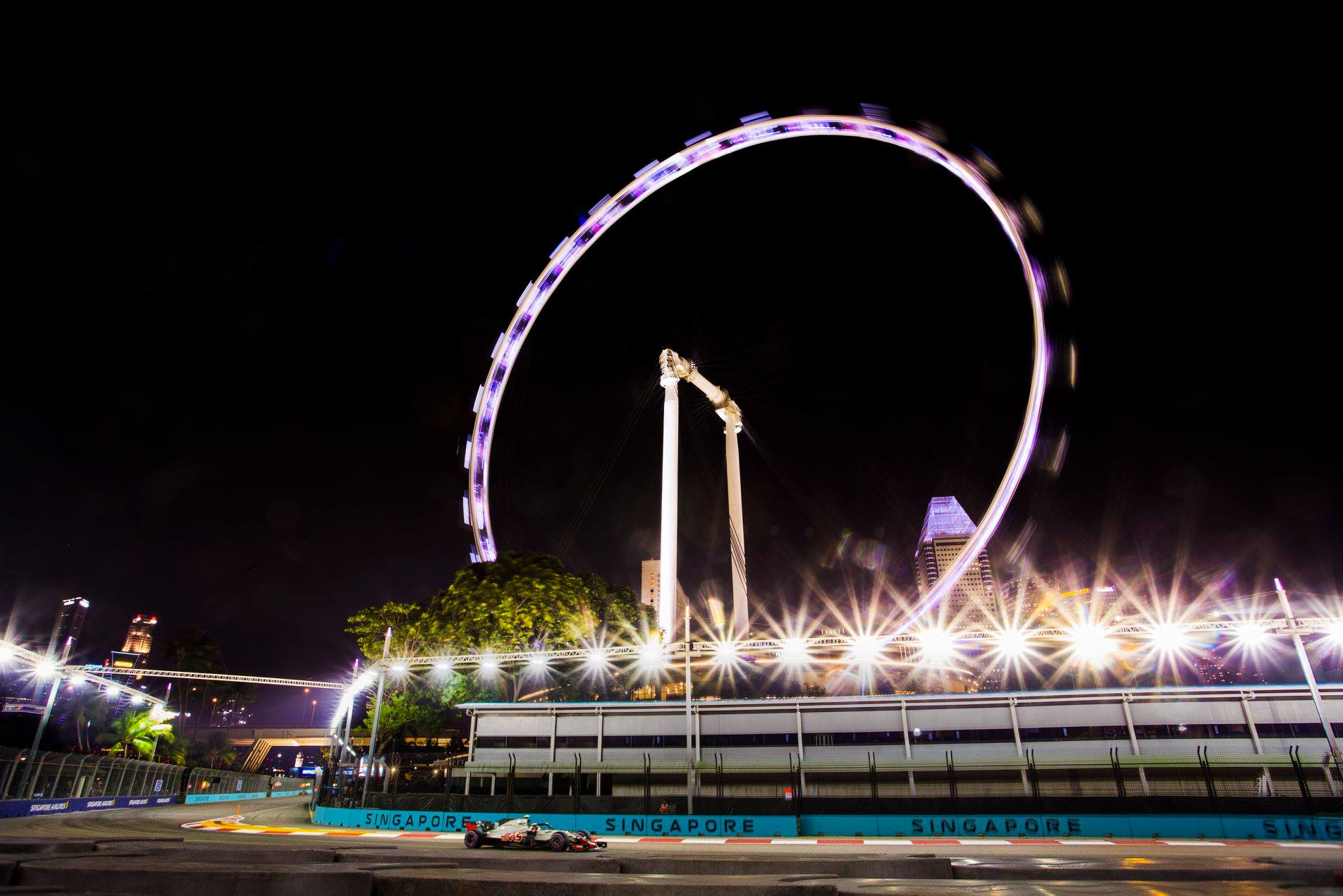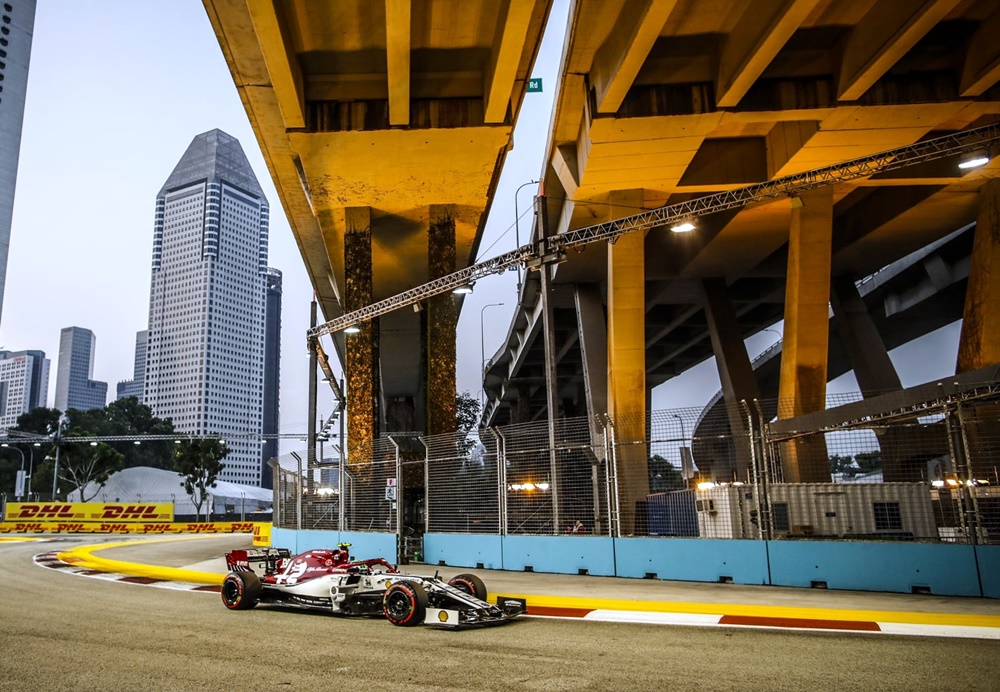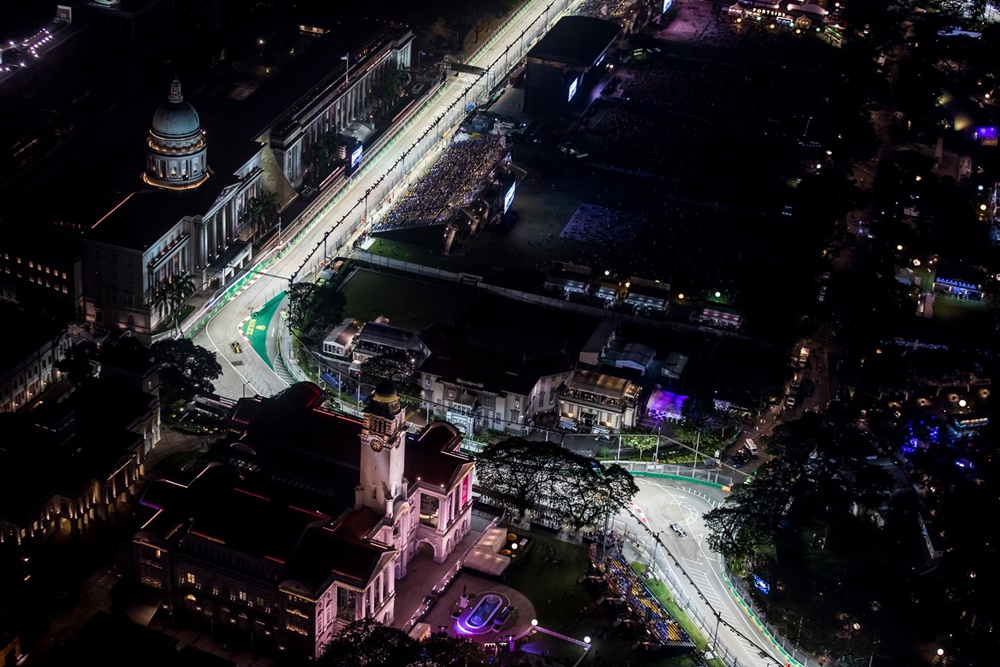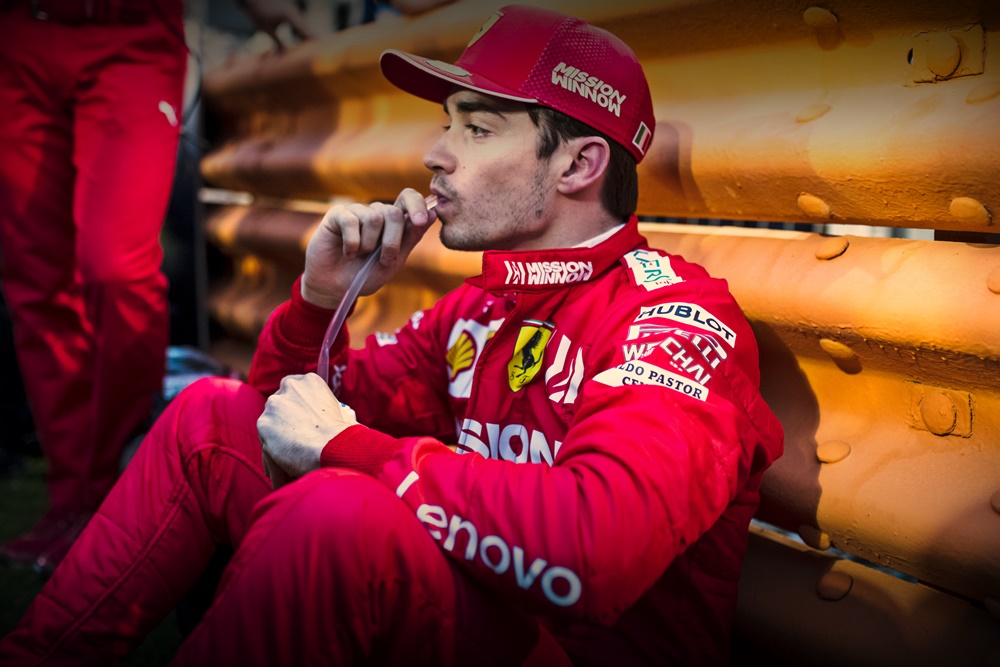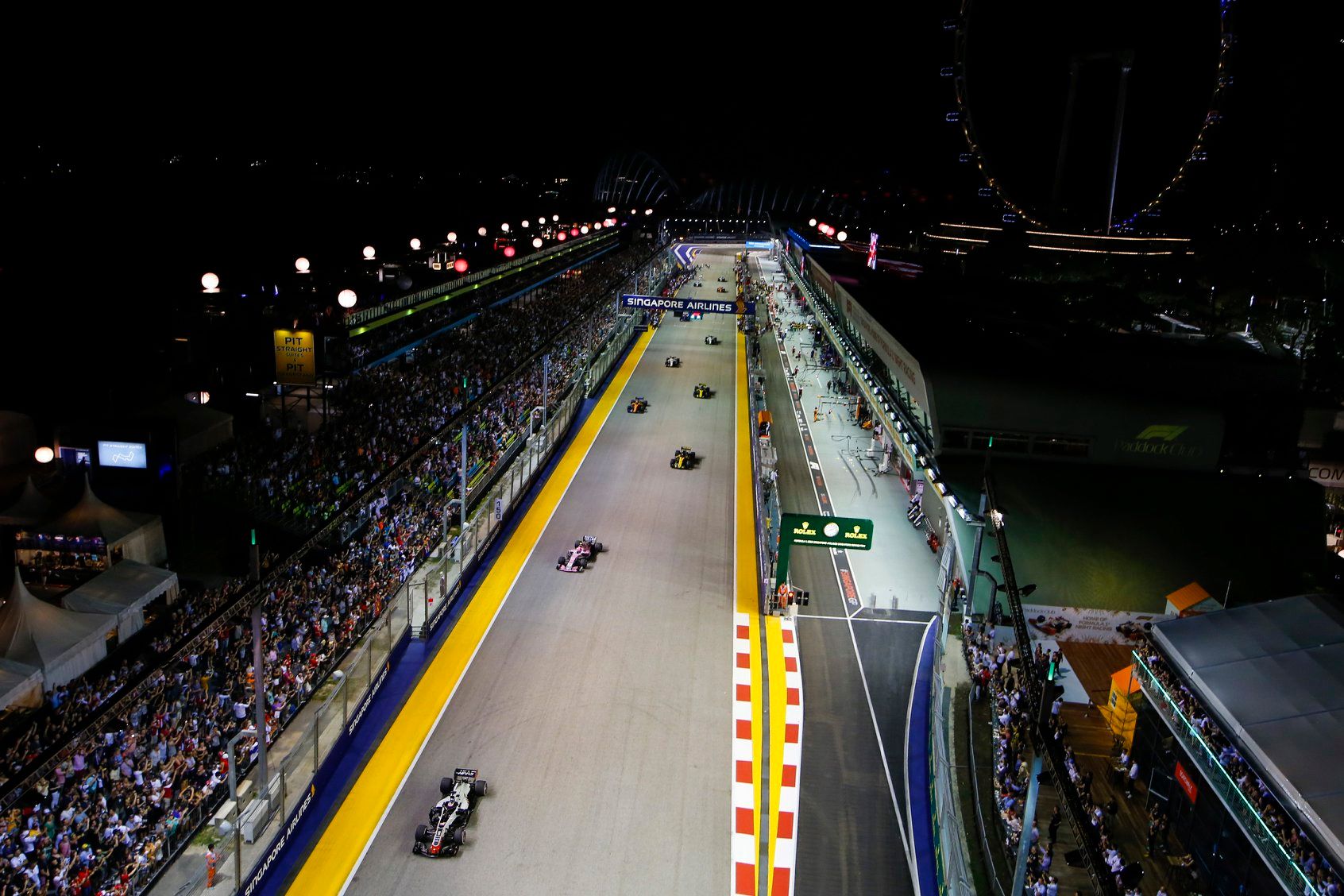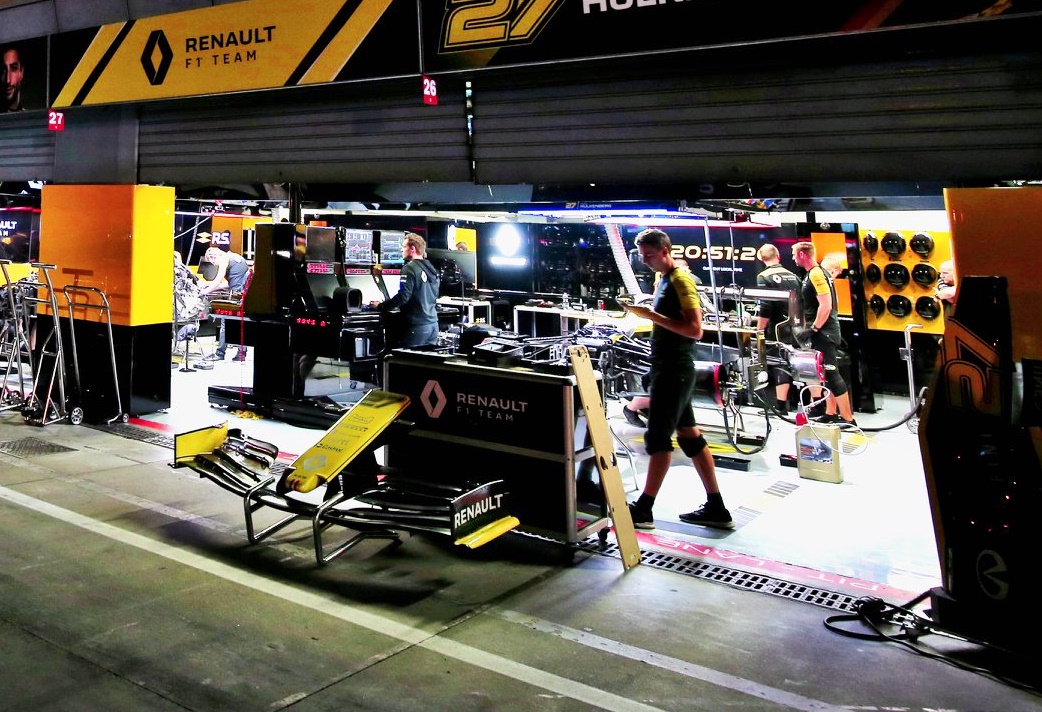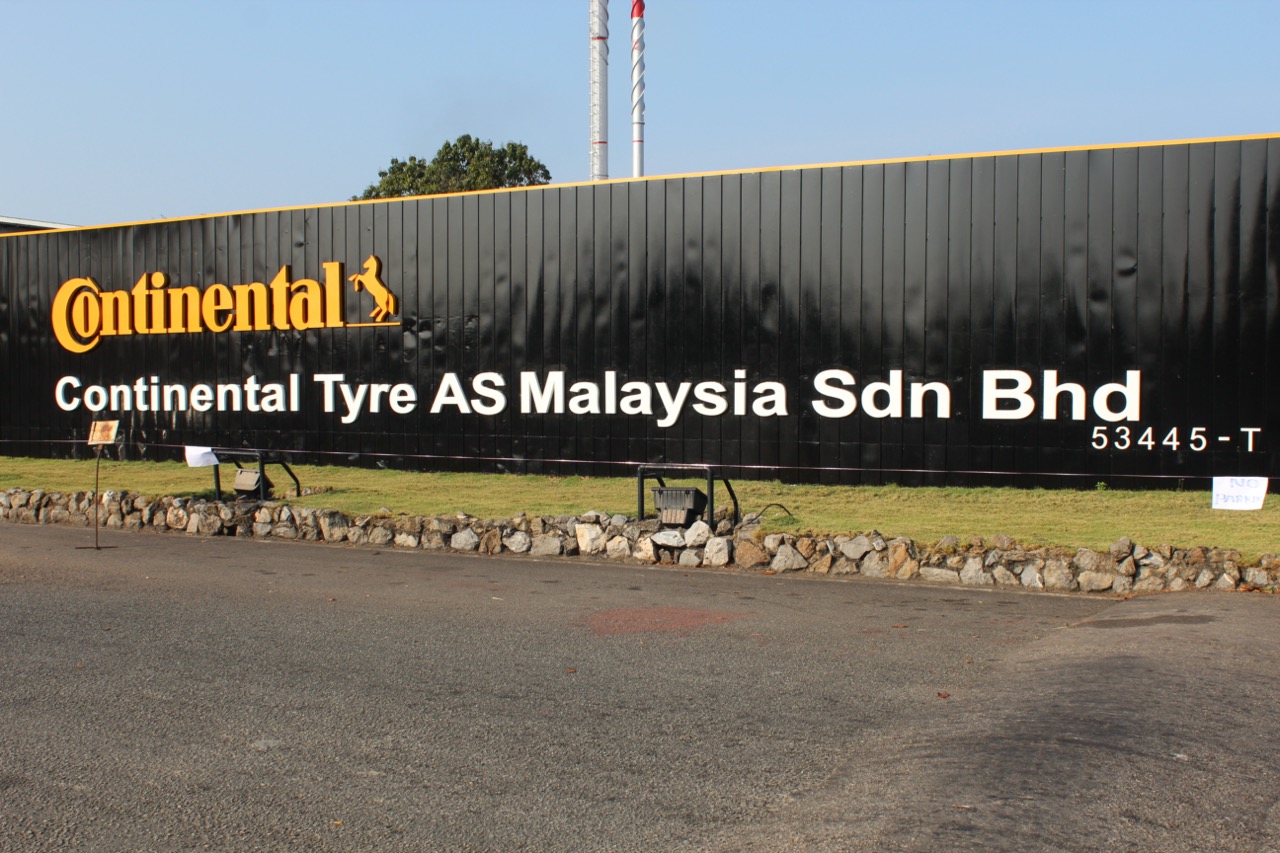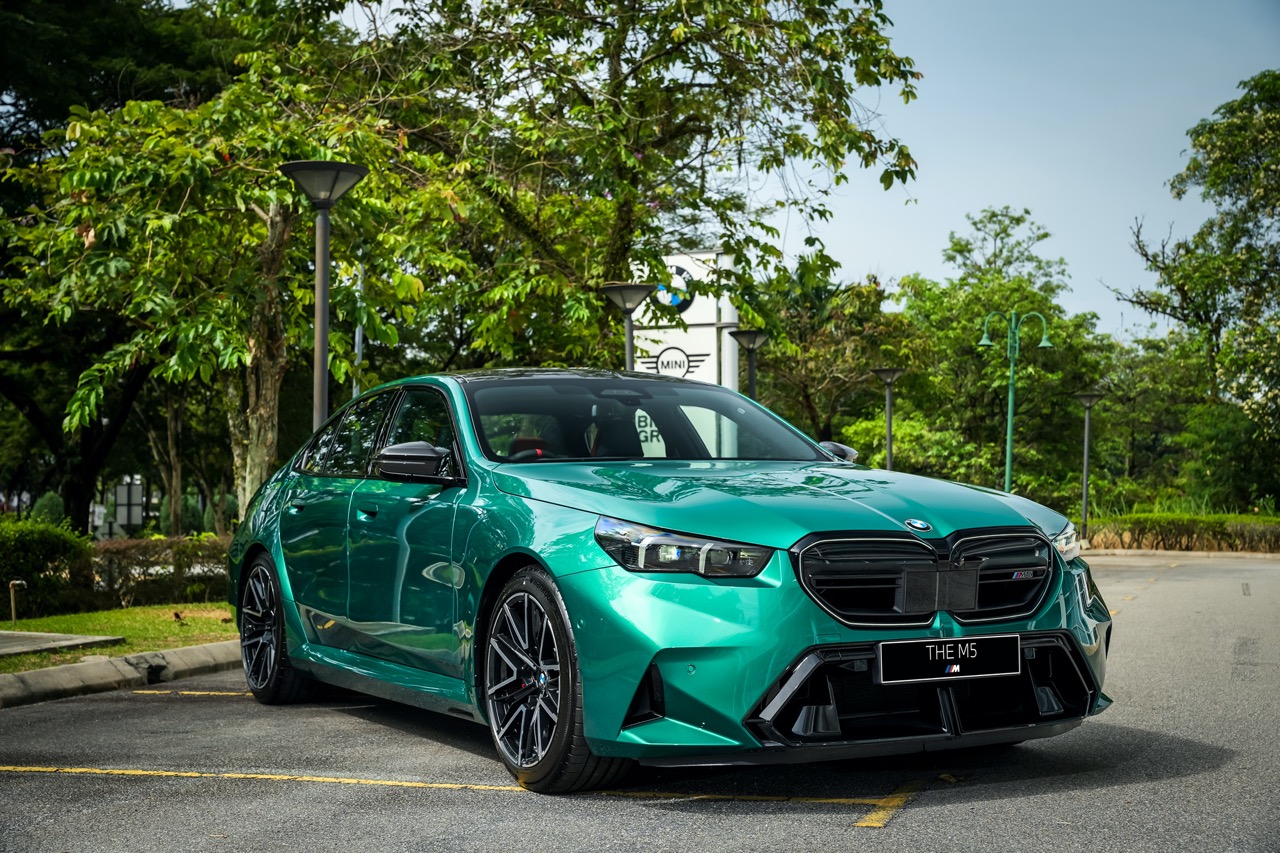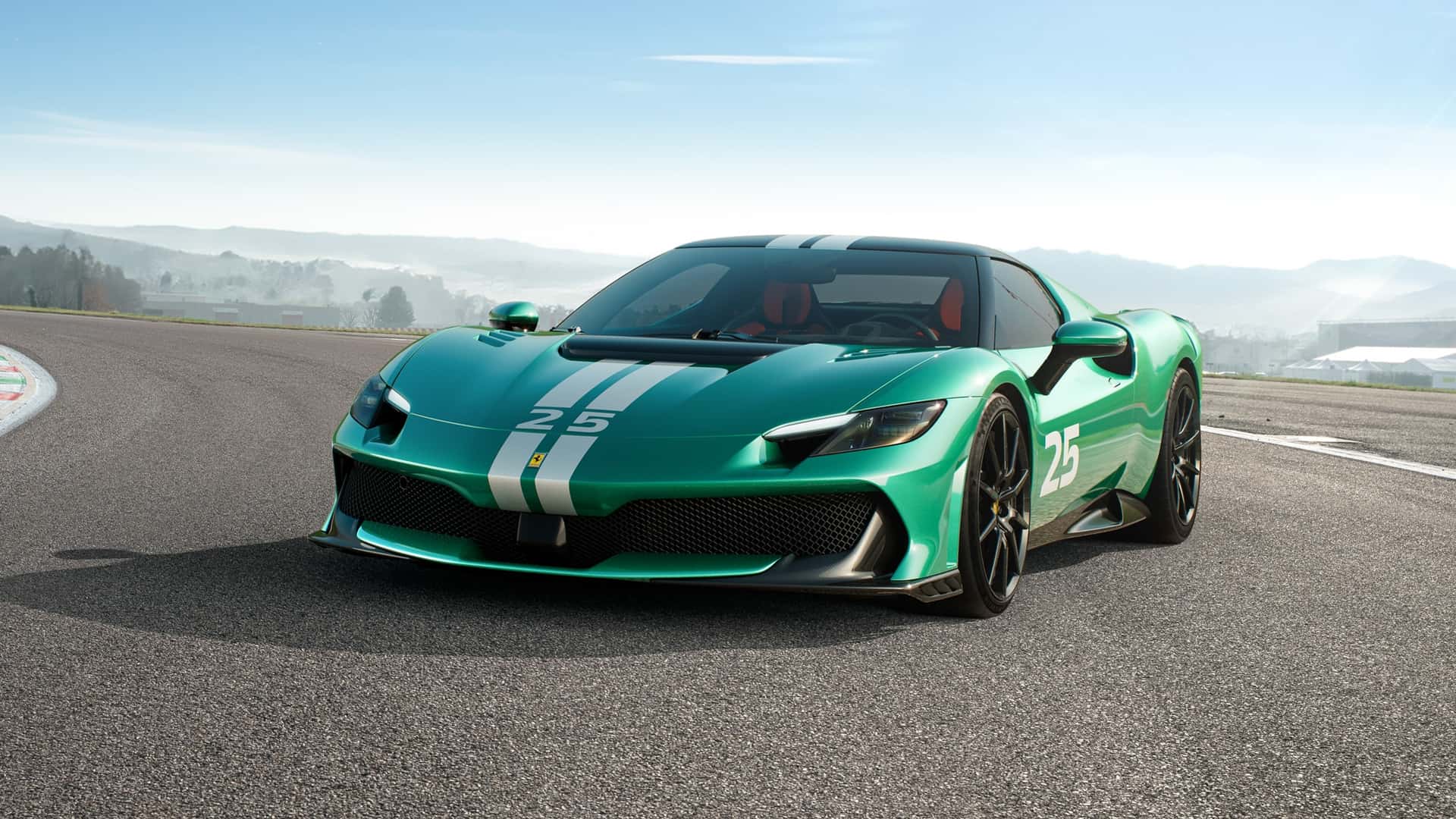With this being the second last round, tensions were very high on the starting grid. Lewis Hamilton had to put in everything he could to secure a win while Max Verstappen, with just a narrow lead, could take the title tonight too. The Constructors title was even closer – just 5 points apart – and with the new circuit, there were still unknowns that could affect the way the race would end.
As the lights went out, Hamilton got a good start and team mate Bottas, who had started next to him, did his duty by preventing the Red Bull driver from going after Hamilton. No major incidents as the cars got to the first corner other than an incident between Williams Racing’s George Russell and Aston Martin’s Lance Stroll.
Further down, Yuki Tsunoda, Scuderia AlphaTauri’s Japanese driver, challenged Alpine’s Esteban Ocon going into the first corner but the high wall forced him to back off and in the process, he lost 5 places, with Ferrari’s Carlos Sainz slipping past him as well.
The gaps were close in mid-field with the most aggressive driver being Sainz, fighting pushing other drivers as he moved further up from his 15th starting spot. However, the frantic pace cooled off when the Safety Car appeared after Haas F1’s Mick Schumacher’s spun and crashed crashed at the spot where Ferrari’s Charles Leclerc had also had the same misfortune in FP2.
As the Safety Car led the convoy, Hamilton and Bottas came in for a tyre-change that could be their only one in the 50-lap race. Verstappen, however, remained on the track to try to open up a gap and hold on to his inherited lead. When the two Mercedes-AMG drivers rejoined, they were about 3 seconds behind. Besides Hamilton and Bottas, 8 other drivers also came in to change tyres.
For this race, it was the Safety Car provided by Aston Martin and messages heard on the radios seemed to suggest that the speed of the green car in front was not fast enough. And then a Red Flag signal came out on lap 14, and all cars had to return to the pits. The barriers that Schumacher had it at Turn 23 were too badly damaged and time was needed to get them fixed properly. Hamilton was furious, suggesting that the appearance of the Red Flag was not necessary…
When the race was allowed to restart (standing start) about 18 minutes later, Verstappen had the ‘pole position’ he did not get on the starting grid, his decision to stay out having paid off – just by luck. He could also get fresh tyres and push as hard as his rivals for the remaining 36 laps.
An angry Hamilton was well prepared for the restart, this time behind Verstappen and both cars raced side by side to the first corner. However, Bottas locked up and Red Bull’s Sergio Perez went into a spin. In the chaos, three cars crashed – Haas’ Nikita Mazepin, Russell and Perez – all had their race end there. Out came the red flags again and racing stopped again. What a way for Saudi Arabia’s first ever F1 race to go!
Only 15 laps had been completed when the race was allowed to restart after the mess was cleared. Earlier, when the two frontrunners were charging into the first turn, Hamilton had reached it just a slight bit earlier and was trying to hold the lead. However, the Red Bull forced him off and wide, which many felt was not right, and Ocon slipped by.
The Race Director saw what happened and told the Red Bull team that Verstappen would start in second place. It was assumed that Hamilton would be the first car but Red Bull stated that it was Ocon. The race was suspended for 15 minutes again and the restart saw Ocon as the first car, Hamilton second and Verstappen third, an arangement Mercedes and Red Bull accepted.
The restart saw Ocon, briefly enjoying his pole position as both Hamilton and Verstappen charged with him int Turn 1 . Hamilton didn’t take chances and eased off while Ocon decided to avoid both of them… and it was Verstappen who emerged on the other side in the lead again. However, he felt that he was not getting sufficient power when he saw how Hamilton was closing in.
As the race neared the halfway mark, Tsunoda couldn’t make the first turn as he battled with Aston Martin’s Sebastian Vettel, and went straight off, destroying his front wing as he went into the barriers. And out came the yellow flags with the Virtual Safety Car (VSC) being activated. Four cars were already out of the race – would the AlphaTauri be the fifth? Tsunoda would be deemed to have been in the wrong and got a 5-second penalty.
As the VSC ended, the cars had finally reached the halfway mark of 25 laps. Verstappen was in the lead, just barely ahead of Hamilton, with Ocon some 11 seconds behind.
But the VSC came back on again a few laps later as there was too much debris on the track from the various collisions, including one between Vettel and Kimi Raikkonen. The risk of a puncture was great, Alonso was warning, especially with the cars hitting up to 300 km/h. So the officials decided to activate the VSC to clear the debris, which slowed down all the cars again.
The VSC was switched off on lap 33 and racing resumed, with Hamilton still holding the fastest lap and the 1 precious point. He pushed harder to set an even faster time 2 laps later. And then it happened as both cars arrived at Turn 1 again and Hamilton went into the back of Verstappen, damaging his front wing badly! But the Mercedes-AMG driver stayed in the chase although his car’s performance was compromised with the damage.
On lap 42, Verstappen was told to slow down and let Hamilton pass to take the lead, as it seemed to be recognised that the collision was the Dutchman’s fault so the team was probably trying to ‘resolve’ things before the Stewards made their decision. The Stewards decided to let the race proceed and would review the incident after the race. With 4 laps remaining, Hamilton regained the lead and was on course to take the chequered flag.
It was by no means easy for both the drivers in the remaining few laps. Hamilton’s front wing was self-destructing and Verstappen had to keep his tyres intact till the end. Hamilton crossed the line comfortably in the lead and had 25 points plus 1 point for fastest lap, so it was going to be a close fight in the final round.
Bottas had put in a superb effort and just on the last lap, he managed to get past Ocon and slot into third, adding much-needed points to the team to secure its title again.



